History of Marrakech | The Great Era of the Building Sultans
… The History of Marrakech began about a millennium ago, in the 11th Century. For almost 1000 years, Marrakech has been created and has grown. Often with the liking of the conquests and the dynastic wars.
The great moments of Marrakech’s formidable history are mainly divided into two Berber dynasties: The Almoravids in the 11/12th century and the Almohads in the 12/13th century. And a third Cherifian : the Saadians in the 16th century.
From the middle of the 18th century, Morocco experienced a period of unification and pacification. This favours a continuous and constant urban development of Marrakech.
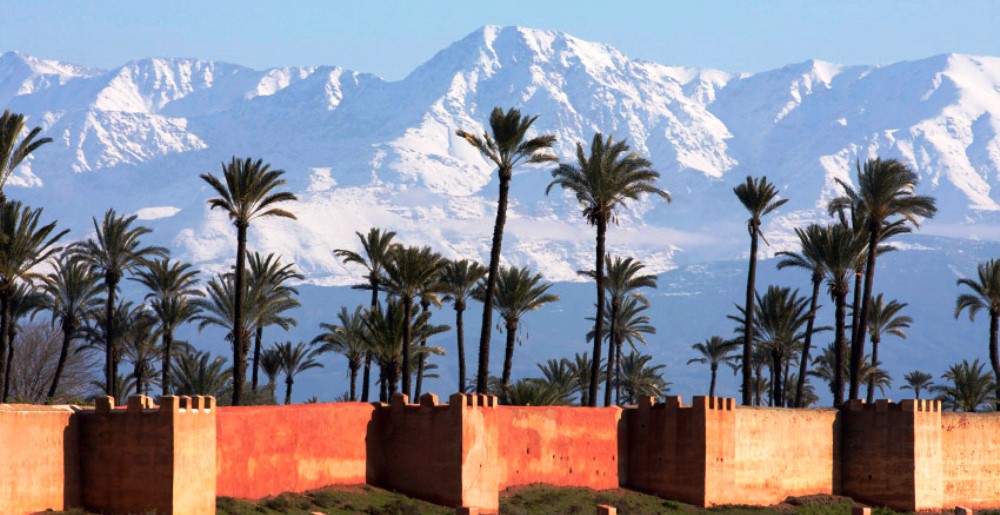
Travel Morocco Tourism Marrakech Visit | Information Guide Book – history of marrakech
1/ The History of Marrakech : 1000 years of Civilization, Art & Architecture
1a/ In the Middle Ages : Military Camp & Medina
Foundation of the City
Founded in 1071, the city was originally a military camp of conquering Berber tribes of Mauritanian origin, the Almoravids. Developed as an artificial oasis thanks to an ingenious irrigation system, the site gradually became a fortified medina, surrounded by a wall in 1120, and the city became the capital of all Morocco, known as the Kingdom of Marrakech. It extends from Al Andalus in Spain to Senegal. Attracting covetousness, the Almohads invaded Marrakech in 1147.
Marrakech Capital of the Kingdom of Marrakech
They keep Marrakech as Capital and endow it with a Caliphate complex, a political and military centre. They create the Kasbah district and lits gate, Bab Agnaou. The history of Marrakech is written with a capital H. Kingdom of Marrakech extends to Tripoli. The city shines on the cultural and artistic level and influential figures such as Averroes, jurist and philosopher or Ibn Tobfail, doctor and scientist settle there. The Koutoubia Mosque was built in 1197. A change of dynasty followed in 1269, with the Berber Merinids. The capital is transferred to Fez.
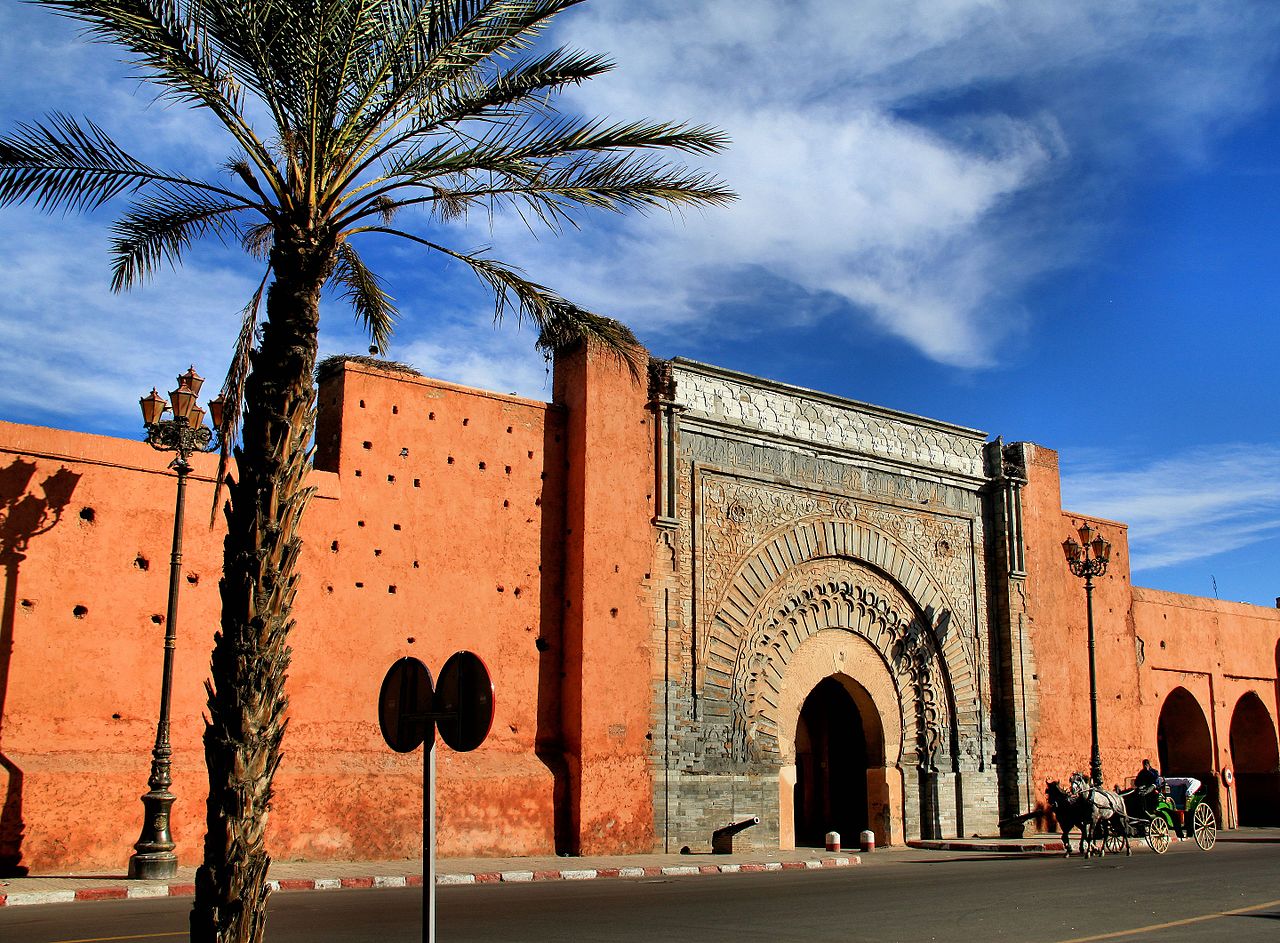
Marrakech Porte Bab Agnaou Medina Kasbah
Discover the Article Bab Agnaou | Vestige of the Power Medieval Almohad Muslim West
1b/ The Renaissance : Influence of Marrakech & Embassies
Apogee of the History of Marrakech under the Saadian Dynasty
In 1524, the Saadians took power. Coming from the Draa valley near the Sahara, they invaded Marrakech. The Saadian Sultans Moulay Abdallah al-Ghalib and his brother Ahmed Al Mansour chose Marrakech as the capital of the kingdom. Kasbah district is redeveloped and many mosque are erected, such as the Bab Doukkala Mosque in 1557. The Jewish Quarter of the “Mellah” is developed in 1558. The largest Koranic university in the Maghreb, the Medersa Ben Youssef, was built in 1565. Rich in the gold and sugar trade, the history of Marrakech accelerates with the construction of the El Badi Palace in 1574 and the Saadian tombs.
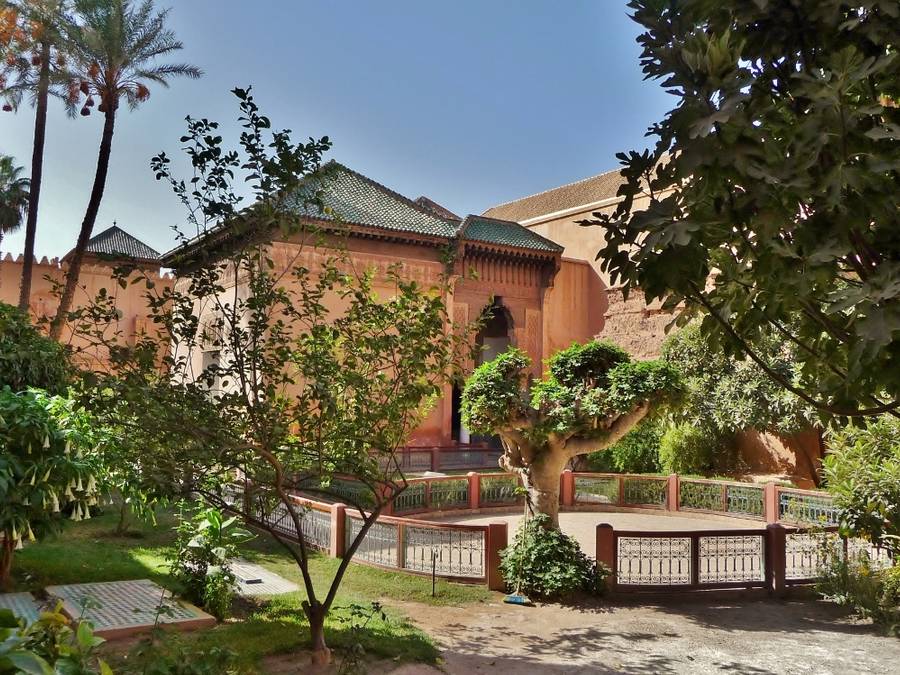
https://www.alksar.com/tombeaux-saadiens-marrakech/
Discover the Article Tombeaux Saadiens | Jewel of the Golden Age of Marrakech
Decadence of the City under Moulay Ismail
The Alaouite dynasty took power in 1631. It transfers the capital to Meknes. Moulay Ismail sacked Marrakech in 1675 following several rebellions in the former capital of the South. It is Mohamed III, a century later, who will redevelop the ochre city.
1c/ Post-Orientalist & Contemporary Era: The XIX and XXth Centuries in Marrakech
In 1866, the Bahia Palace was built as part of the regency of the Vizier Ba Ahmed. The beginning of the 20th century marks the advent of the French Protectorate with the construction of the Gueliz district and the famous La Mamounia Hotel. In 1923, Jacques Majorelle acquired a piece of land to build the Bou Saf Saf villa. But it is in 1928 that he creates his Garden. He set up his painter’s studio in the cubic villa, the famous villa painted in the Bleu Majorelle in 1937.
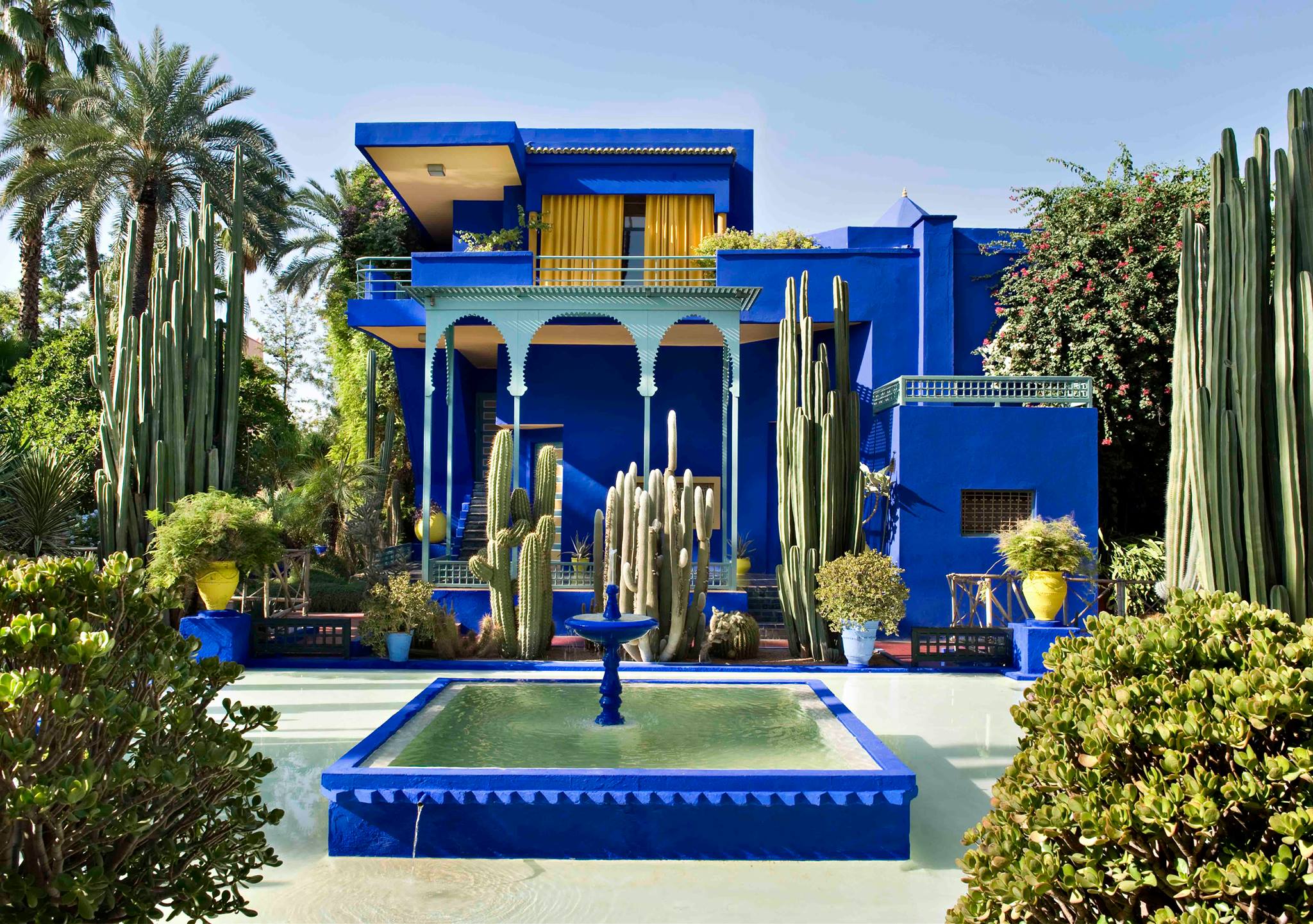
Atelier Villa Cubiste Bleue Jardin Majorelle – Architecte Paul Sinoir
Discover the Article Jacques Majorelle Artist Gardener in Marrakech | His Life, his Work, his Garden in Marrakech
In 1966, Yves Saint Laurent and personalities from the Jet Set fell in love with Marrakech. Then it’s the beginning of Mass tourism. The oasis of Marrakech attracts by its climate, its light and its bohemian style, a mix of luxury chic and nomadic exoticism.
1d/ History of Marrakech : The etymology of the Name
The etymology of the name Marrakech comes from the Berber Amurakouch, or Amurakus, “land of god”. The name Marrakech will be used for the whole country under the qualifier “kingdom of Marrakech”. From the 11th to the 13th century, the Almoravid and Almohad dynasties made Marrakech their capital. But at the beginning of the 20th century, the name “Kingdom of Marrakech” is still used by the English consul.
Another version defended by historians claims that the etymology of Marrakech comes from the Arabic words “Mour” meaning to pass and “kouch” meaning to escape. Combined, the two names thus give the expression “pass and save yourself”, which would refer to the time of the brigands operating in the region. The translation of Marrakesh into Portuguese : “Morrocos” will be distorted and will give the name of Morocco.
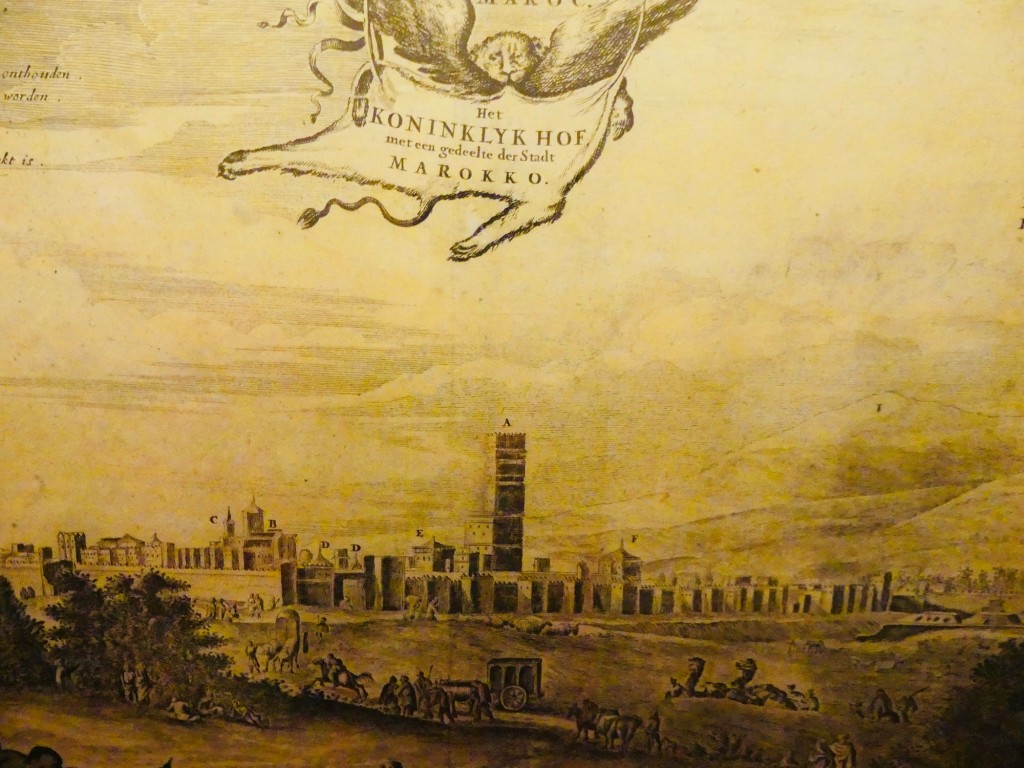
Vue de Marrakech, 1668, Dapper
Discover the article How to Get around Marrakech: Taxi Bus Train Scooter Car
2/ History of Marrakech: Foundation by the Almoravid Dynasty
2a/ Originally : Aghmat
Abu Bakr, the Conqueror
The History of Marrakech begins in a spirit of conquest. Abu Bakr is a member of the Berber Lamtuna tribe. It is a confederation of Sanhadja, nomads from Mauritania. After the death of his brother Yahya, he becomes military chief of the Almoravids. He is appointed by the Berber Malikite jurist Abdallah Ibn Yasin. The latter had founded with Yahya, in 1048/1050, the dynasty “Mourabitoun” (people of the ribat, which will take the name of Almoravide in Europe). Abu Bakr conquered the Draa and Souss valleys and the city of Taroudant with the help of the Sanhadja tribes in 1057.
The Alliances between Berber Tribes
Abd Allah Ibn Yasin the spiritual leader is from the Sahara Desert. He established an alliance with the Berber Masnudas. This is necessary to cross the Atlas Mountains. But also to conquer in 1058 the citadel Aghmat, (30km from the future city of Marrakech), held by the Maghrawa tribe. Rich medieval Berber city of southern Morocco, Aghmat is, since 828, the capital of the Souss region. This division follows the division of Morocco during the succession of Idriss II.
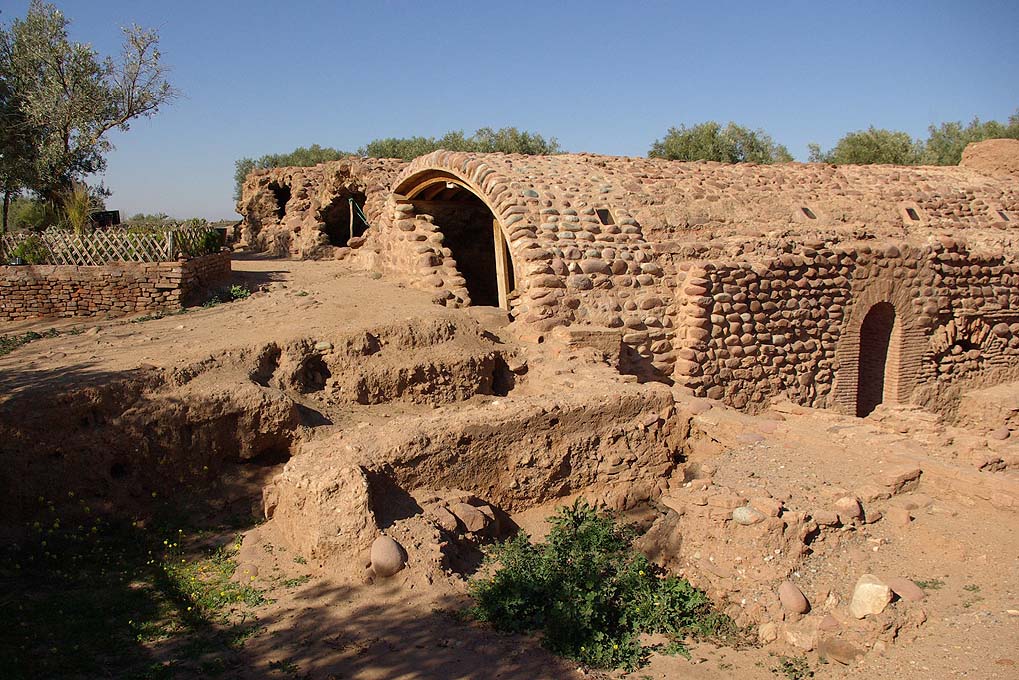
aghmat – pres de Marrakech – site archeologique hammam
Discover the Article Berbers in Morocco | Plurimillenarian Indelible Maghreb Civilization
2b/ Ksar El Hajar in Nomadic Lands
In 1059 Abd Allah Ibn Yasin was killed during his advance westward. His death occurs on the Atlantic lands of the Berghwata, brotherhood of the Masmudas. Without a spiritual leader, Abu Bakr continues the Almoravid project towards the north of Morocco. He remains emir (prince) of the Muslims rather than caliph (commander of the believers). In 1061, the population of Aghmat having increased sharply, Abu Bakr left the city. With his Sanhadja lieutenants, he set up a military camp along the Tensift River. It is there that he wanted to establish a base for his operations and install his contingents. He creates a Kasbah, a stone fortress “Qsar el Hajar” (stone castle). This construction is located on the site of the Koutoubia in 1070. From this Fort was born Marrakech, an ex-nihilo creation.
2c/ Marrakech La Rouge
In 1071, Abu Bakr returned to the desert to settle the problems of coalitions between tribes. He places his cousin Yusuf Ibn Tachfine in charge of Aghmat. He also put him in charge of the conquest of the North of Morocco against the Zenet tribes. Fez fell into the hands of Almoravides in 1070 and Algiers was conquered in 1083. Yusuf Ibn Tashfin settled in his new capital Marrakech. The tents are replaced by earthen constructions. This red soil will give its name to the city “Marrakush al Hamra” (Red Marrakech).
Yusuf Ibn Tashfin becomes Emir and recognizes the authority and uniqueness of the Abbasid Caliphate of Baghdad. The city of Marrakesh develops rapidly. The medina of Marrakech, capital of Morocco, is founded in 1071 (year 463 of the Hegira). It also creates the palm grove, an artificial oasis fed by underground pipes. They are called “khettaras”, they ingeniously draw water from the water table.
2d/ From Marrakech : Conquest of Al Andalus & Fortifications
Muslim Gold
In 1086, from Marrakech, the Almoravids set out to conquer the Muslim Spain Al Andalus. They subdued the Taifas kingdoms (Seville, Granada, Almeria). The control of the trans-Saharan caravan routes ensures the control of the gold market. This domination allows the Almoravids to mint coins, with the gold dinar. The marabotins are diffused in Spain.
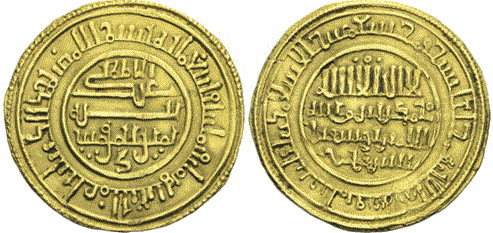
Dinar frappé à Aghmat, en 488H = 1095. Or. 4,10g
The Ramparts of Marrakech
In 1106, Yusuf Ibn Tachfin died. His mausoleum is in Marrakech near the Koutoubia mosque. Ali ibn Yusuf ibn Tachfin (ibn = son of) his son takes over. Morocco then extends over Mauritania, parts of Mali, Senegal and western Algeria, as well as Al Andalus. Ali ibn Yusuf fortifies the city of Marrakech. He had a bridge built over the Tensift River. He also launches a construction programme for the city of Marrakech. Thus, mosques are built, including the Masjid al-Siqaya Ben Youssef mosque, the oldest in Marrakech. He also built fountains and, on the advice of the Andalusian Arab jurist Averroes, the mud wall, in 1120, which surrounds the medina, pierced by gates. One finds Bab (gate) Aghmat (in the direction of Aghmat towards the south) or Bab Al Khemis (Thursday gate).
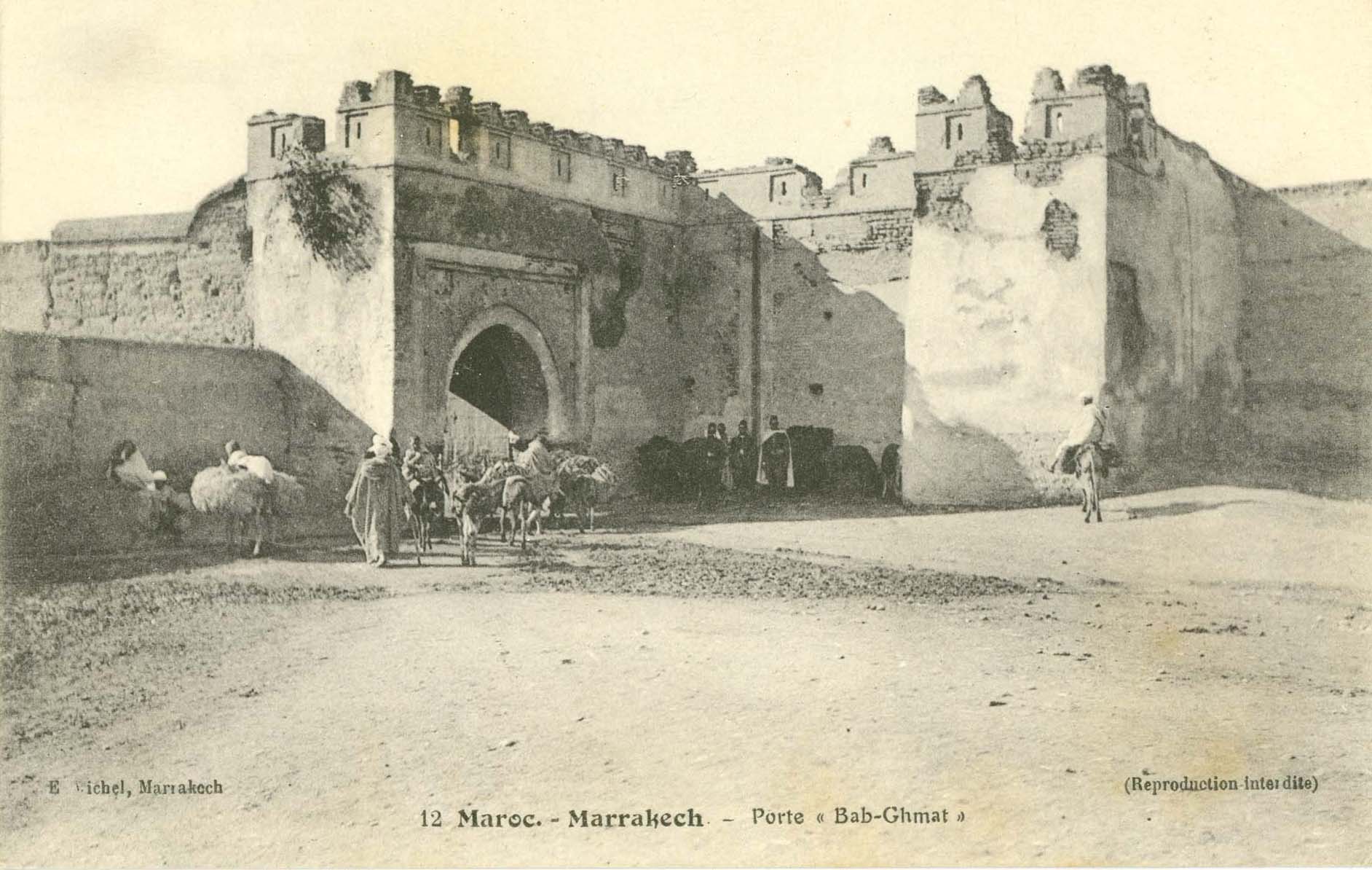
bab ghmat marrakech ancienne photo © E Michel
2e/ History of Marrakech : Gardens, Riads, Khettaras & Arts
Khettaras
The Almoravids capture water from the Atlas Mountains. Thanks to an ingenious system of underground pipes, the khettaras, they create urban gardens. The city attracts many merchants and craftsmen. The rich owners build Riads, garden houses, typical habitat of the medina of Marrakech.
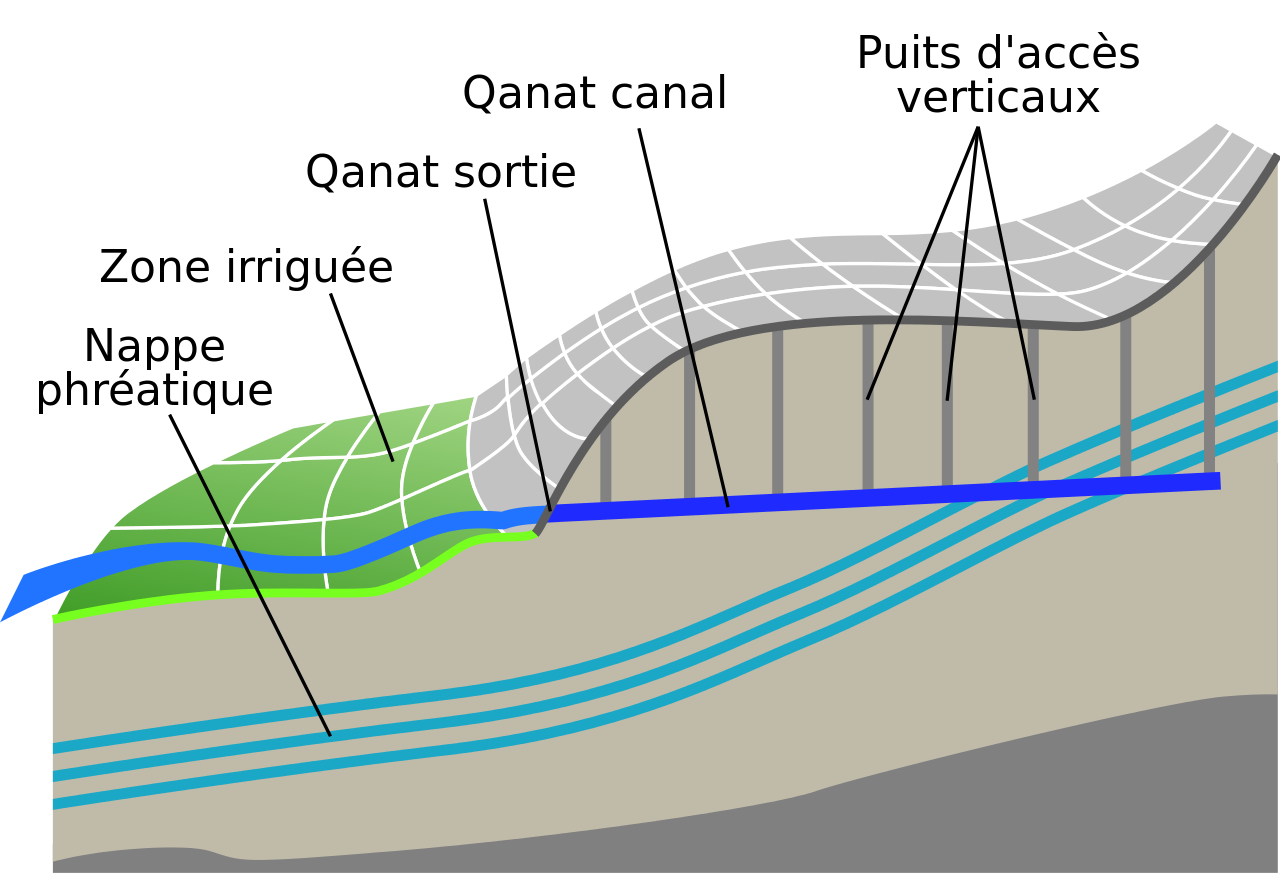
Qanat_illustration ou khettara au maroc – Histoire de Marrakech
Almoravid Art
Almoravid art can be traced to the use of the Umayyad poly-lobed arch, which was created in Cordoba. The Almoravid koubba of Marrakech is still visible. The minbar of the Koutoubia Mosque, dating from 1125, is made under the Almoravids in Cordoba. A priceless work of art more than 900 years old, this Minbar is composed of a thousand pieces of cedar inlaid with silver. It is now on display at the el badi palace in Marrakech.
Around 1126, Ali ben Yusuf fought against the Almohads led by Abd el Mumin. But the Almohade revolt rages on. Marrakech fell into the hands of the Almohads in 1147.
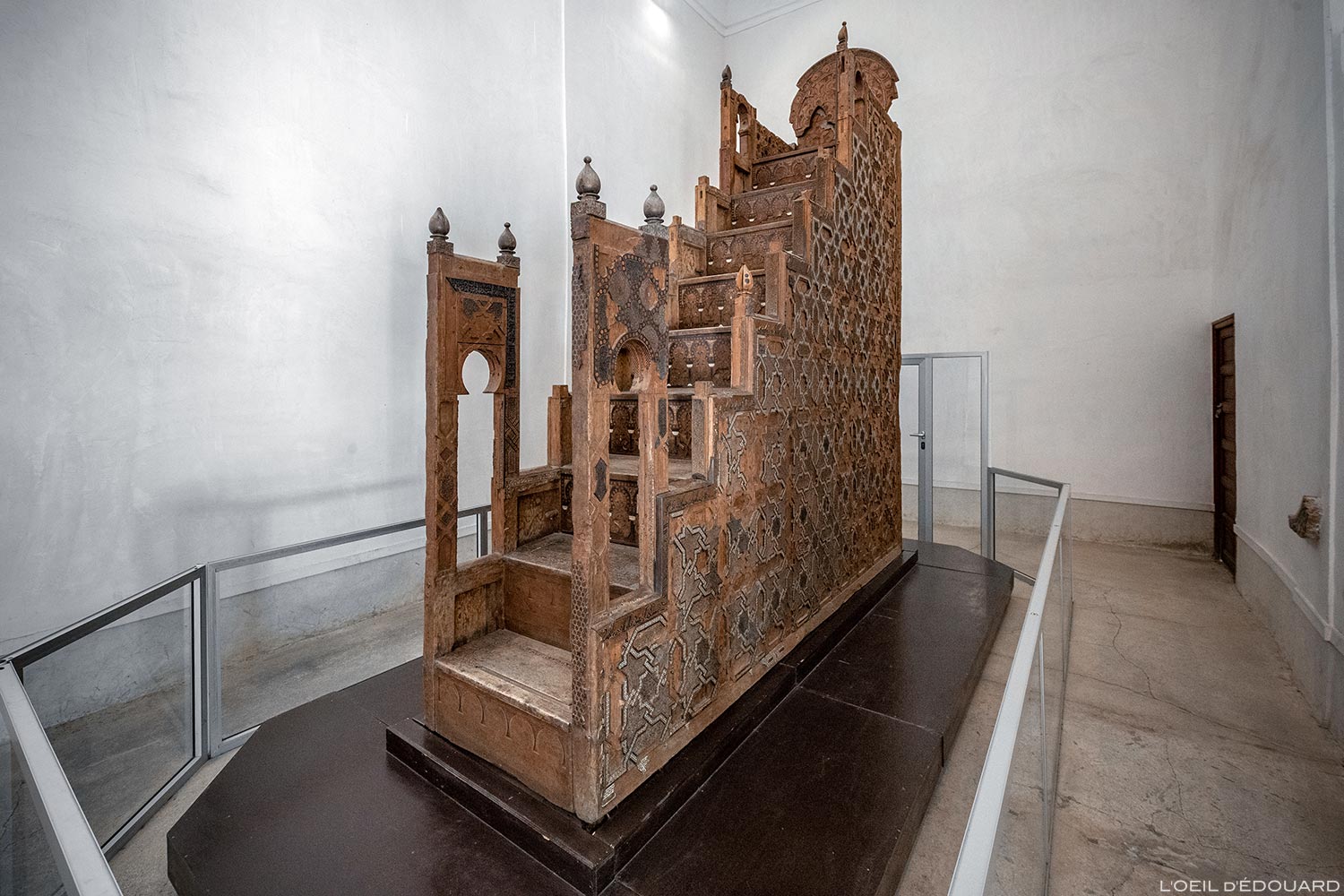
Maroc-Marrakech-Palais-El Badi-Minbar Koutoubia 12eme siecle
Discover the Article Berber and Moroccan Carpets | History of a Millenary Heritage
3/ Marrakech Capital of the Almohad Empire
3a/ Invasion of Marrakech in 1147 & Conquetes
Coming from the Masmoudas tribe, the Almohads are a Berber dynasty. They originate from Tinmel, in the high Moroccan atlas. Founded in 1120 by Mohamed Ibn Toumert, the Almohad movement advocates a puritanical unitarian moral reform. After Ibn Toumert’s death in 1130, Abd Al Mumin, his disciple, followed him. He proclaims himself as Sheikh and Caliph (heir of the prophet) hereditary.
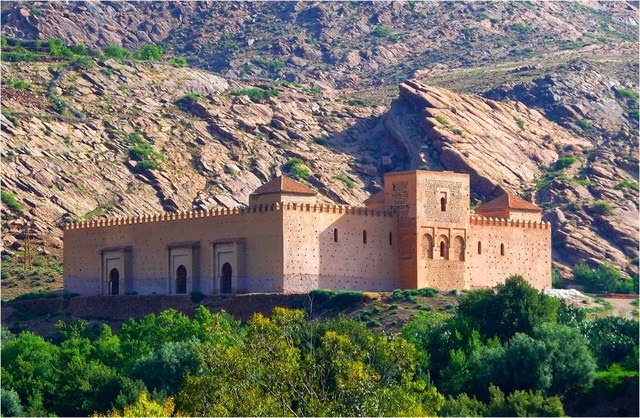
mosquee Almohade tinmal forteresse
Warlord at the head of a powerful army, Abd el Mumin conquered northeastern Morocco. He crosses the Atlas Mountains to escape the Almoravids. He conquered Melilla and Tlemcen, and Oran in Algeria. In 1147, Fez fell. Also, after several attacks, the Almohads took Marrakech. It is the same year again that they take over Al Andalus. Cordoba is invaded in 1148 and Granada in 1154. In 1159, Tunis and Tripoli were invaded and the Almohads united the Maghreb. In 1163, Seville became the capital of Al Andalus.
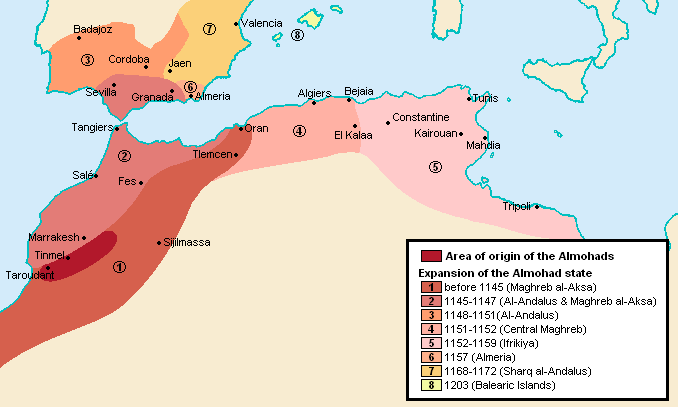
Almohade_Expansion wikipedia
3b/ Caliphal Kasbah : Apogee of the History of Marrakech
Palatial City & Ramparts
Centre of Almohad power, the city of Marrakech is undergoing major urbanization. It becomes a palatial city. A Qasba, is developed in the south of the medina. The access to the Kasbah is from the Bab Agnaou gate, a masterpiece of Almohad art. The Kasbah is surrounded by a wall similar to that of the Almoravids. Gardens of the Agdal and the Menara are created near the Medina of Marrakech. This thanks to the creation of aerial water supply (seguias) from the atlas. In Tinmel, in the high atlas, a large mosque is built in 1153, in memory of Ibn Tumart.
Giralda, Alcazar & Hassan Tower
His son Abu Yaqub Yusuf, nicknamed the intellectual Caliph, succeeded him in 1163. Abu Yaqub was more popular in Seville. In 1184 he had the Giralda of Seville and the Alcázar Palace built there. The Hassan Tower in Rabat, the city of departure to the Al Andalus, was built in 1196. It will remain unfinished.
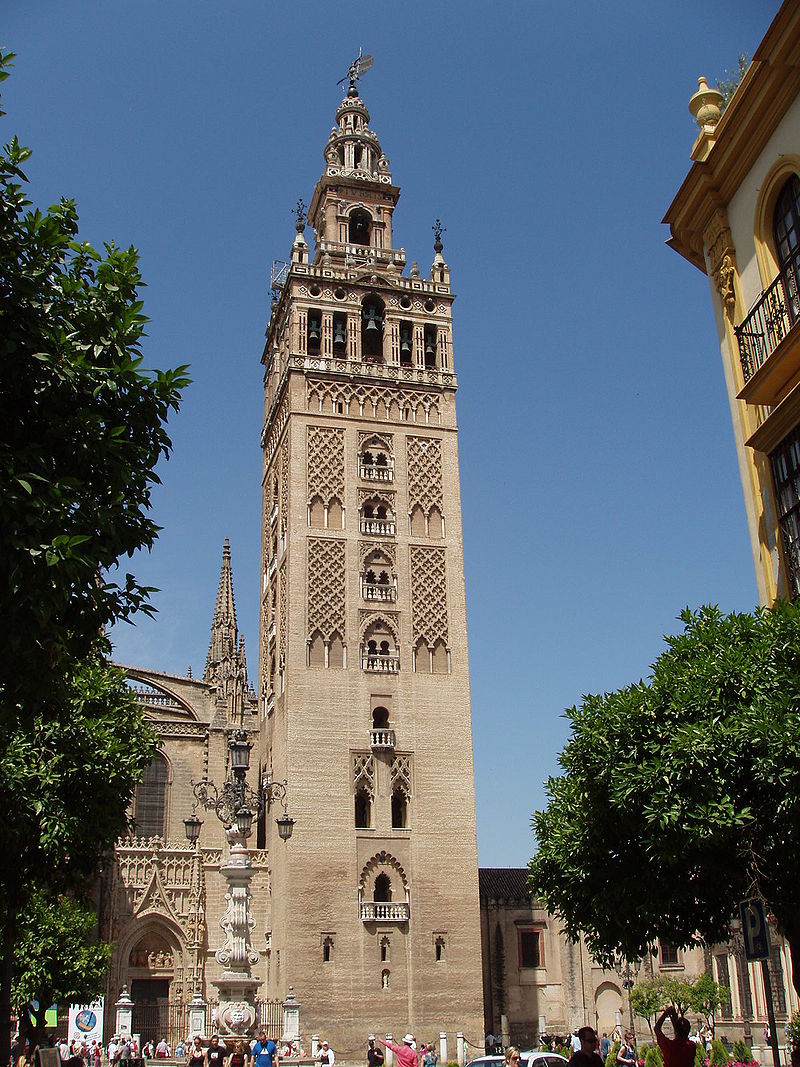
Giralda_de_Sevilla almohad Berbere dynasty
3c/ Urbanization of Marrakech
His son Abu Yusuf Yaqub “al Mansur” (the victorious) succeeded him in 1184. It is him who will build in Marrakech the Mosque of Golden Apples (1197) or Mosque El Mansouria. It is located in the Kasbah district of Marrakech. He also ordered the construction of the Mosque El Mouassine in the Medina of Marrakech as well as a hospital (now disappeared).
On the ruins of Qsar el Hajar, the stone palace of the Almoravids, Abd al Mumin had the Koutoubia Mosque built in 1157. Its name is taken from its location in the souk of the book merchants. But due to an error of orientation, his grandson Abu Yusuf had it rebuilt. It will take its final appearance in 1197. Marrakech is an intellectual center. We find Ibn Tobfail, a great doctor, who will give his name to a current hospital in Marrakech. But also Ibn Rushd (Latinized Averroes), a jurist.
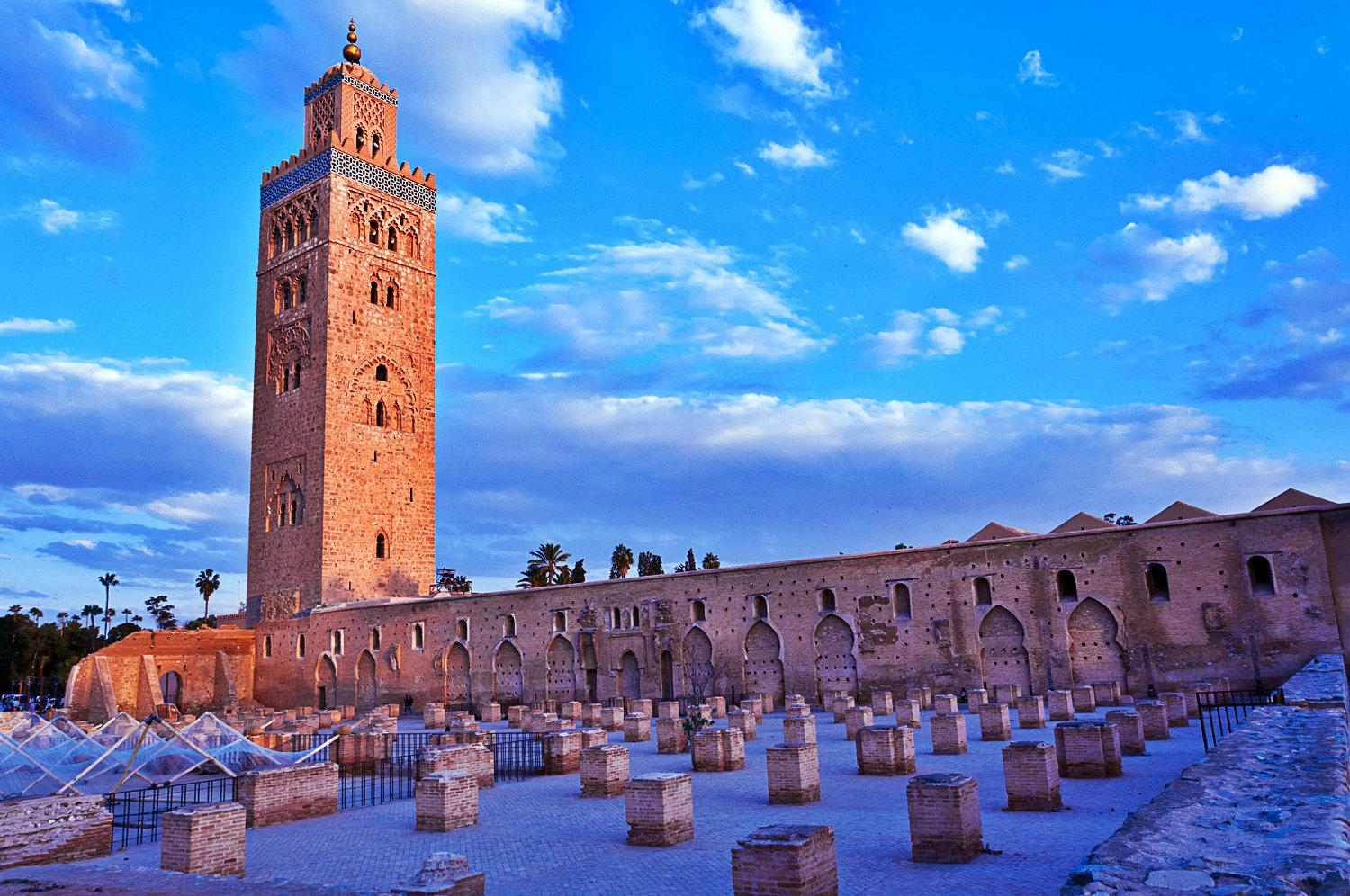
Vue de la Koutoubia Marrakech et ruines de la primo mosquee
Discover the Article Koutoubia Mosque | History and Architecture
3d/ End of the History of Marrakech Almohade
The Almohad empire is gradually cracking. This follows the defeat of las Navas de Tolosa in 1212. Al Andalus is lost in the Christian Reconquista. We witness the falls of Cordoba in 1236 and Seville in 1248. In the Maghreb, Marrakech was invaded in 1226 by ibn al Wahid II. He massacred the Almohad caliphs and their families. Of Amazigh Berber Zenet origin, the Merinids took Marrakesh in September 1269. The surviving Almohads returned to their stronghold of Tin Mel in the High Atlas.
Abu Al Hasan Ben Uthman (born in 1288 or 1299 / +1351) is the 7th Merinid sultan. He is nicknamed the “Black Sultan” because of his dark skin colora. In 1331 he built the Ben Salah Mosque in the Medina of Marrakech. Between 1343 and 1349, Abu Al Hasan founded the Medersa Ben Youssef. It is the great period of construction of the medersas.
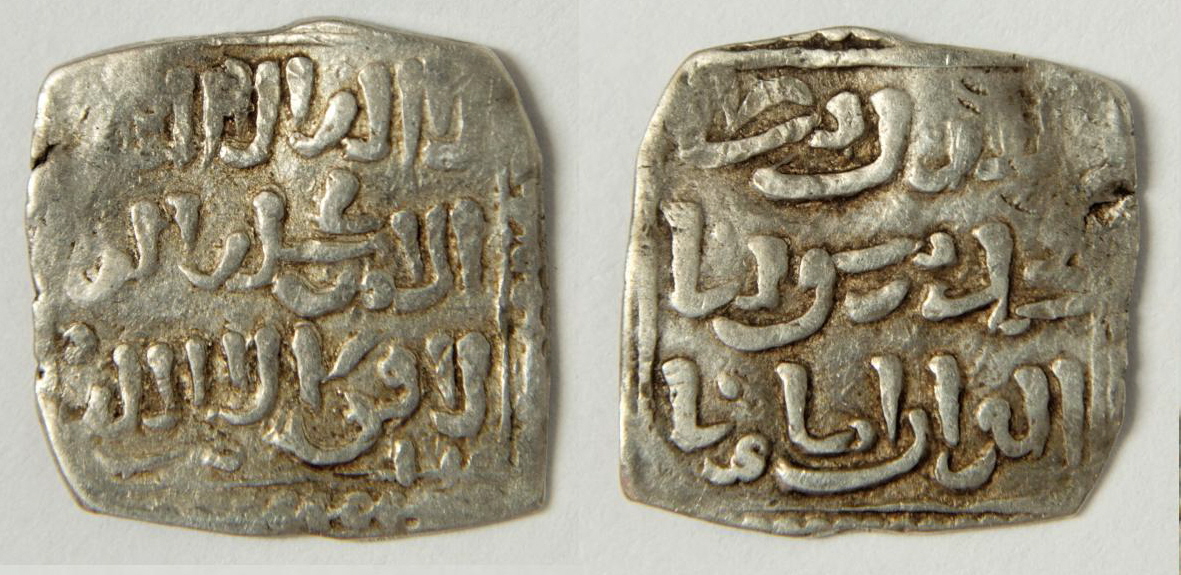
Dirhams frappés sous le règne du sultan mérinide Abu al-Hasan ben Uthman
Read the article What to see in Marrakech? From 3 to 4 Days to 1 Week
3e/ Loss of Capital Status
Politically, Abu Al Hasan attacked Gibraltar and Algeciras in 1333 and again in 1340. He wished to revive the Almohad empire, but to no avail. Fez Jdid (the new) becomes the capital at the expense of Marrakech.
The Merinids reign until 1465. Following this, the Berber Wattaside Zenets take power until 1554. They are considered a branch of the Merinids. The Portuguese, present in Morocco since 1415, invaded Tangier in 1471 and Agadir in 1505. But in 1511, they faced a new adversary : the Saadian Sheriffs, who came from southern Morocco.
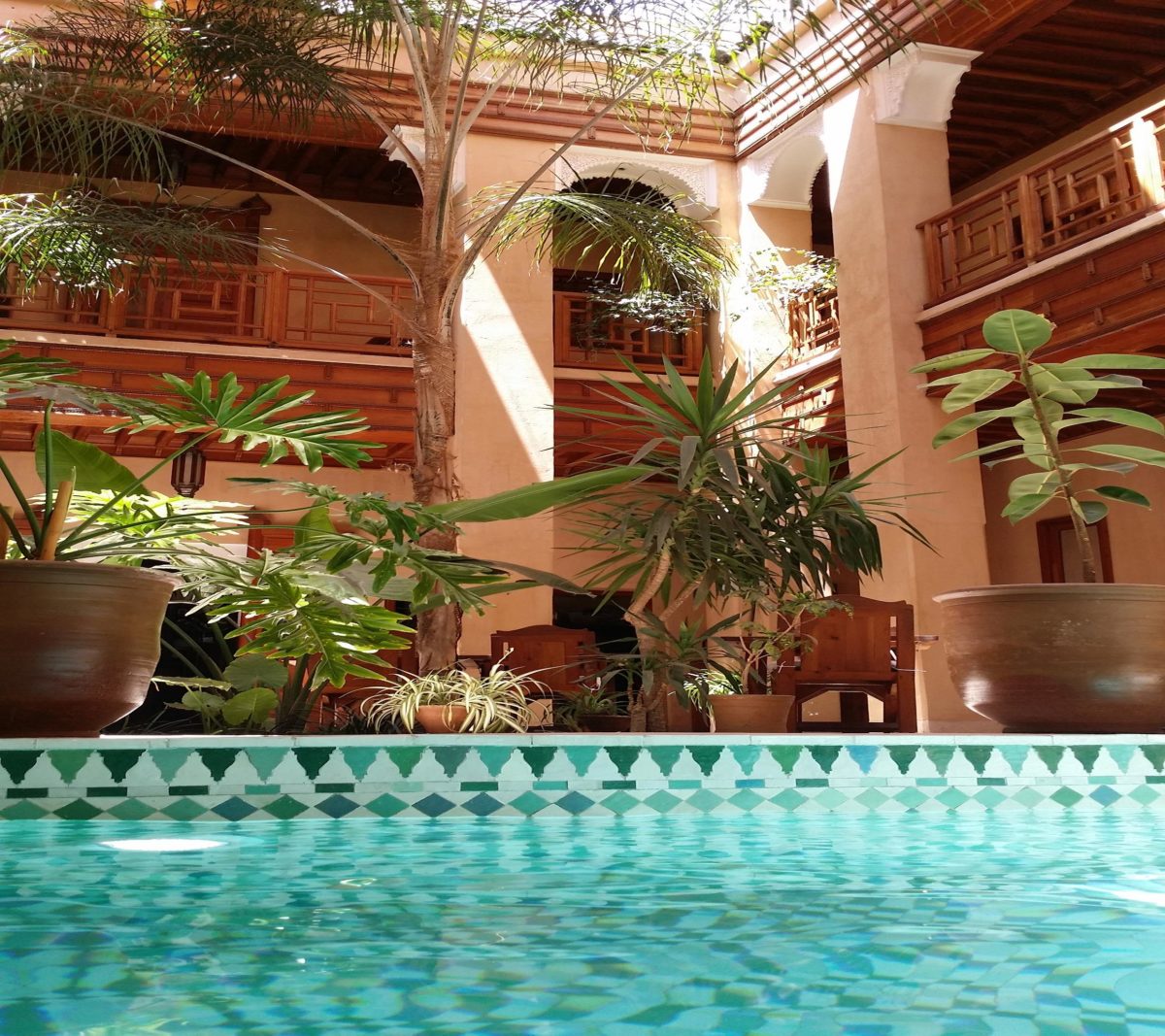
Riad Al Ksar Hotel of Charm Swimming pool Marrakech medina
Visi Riad Al Ksar, in the Médina of Marrakech
4/ History of Marrakech : Influence under the Saadian Dynasty
4a/ Renewal of the History of Marrakech
Coming from a village in the Draa Valley, the Saadians are of Cherifian origin. Indeed they would be descendants of the prophet. The Saadian Prince Ahmed Al Araj and his younger brother Mohammed ech-Sheikh took over Marrakech in 1524. They lead the Jihad, holy war, against the Portuguese. As well as a resistance against the Wattassides who are unable to ensure the peace and unity of Morocco. 1st Saadian Sultan, Mohammed Ech-Sheikh drives the Portuguese out of Agadir in 1541. The Saadians retake Fez in 1554. The same year, they reunited Morocco and drove out the Wattassides. Marrakech became the capital of Morocco again in 1554.
4b/ Al Ghalib, Sultan Builder
Royal Kasbah District
Mulay Abdullah al-Ghalib Billah (1557-1574), 4th in line, succeeded his father, Muhammad esh-Sheikh. The latter was assassinated by the Turks of the regency of Algiers. During a peaceful reign, and in response to doubts, the Sultan will respond with a monumental architecture in Marrakech. Indeed, suspicions exist on the legitimacy of Saadian. This is due to the absence of a tribal base and the absence of questions about his Cherifian lineage. Al Ghâlib is redeveloping the Kasbah in the Royal district. It was built at the time of the Almohad Caliphal Dynasty.
Mosques, Fondouks, Fountains…
He wishes to embellish Marrakech as an imperial city, rival to Constantinople. He builds palaces, gardens and develops the drinking water network in the medina of Marrakech. The mother of the Sultan, Lalla Mesouada, built the Bab Doukkala Mosque in 1557. As well as several Fondouks. The Almohade Mosque of Mouassine was also rebuilt in 1562-1572. The town planning of the city is modernized and the old center around the Ben Youssef mosque is refocused near the Koutoubia mosque.
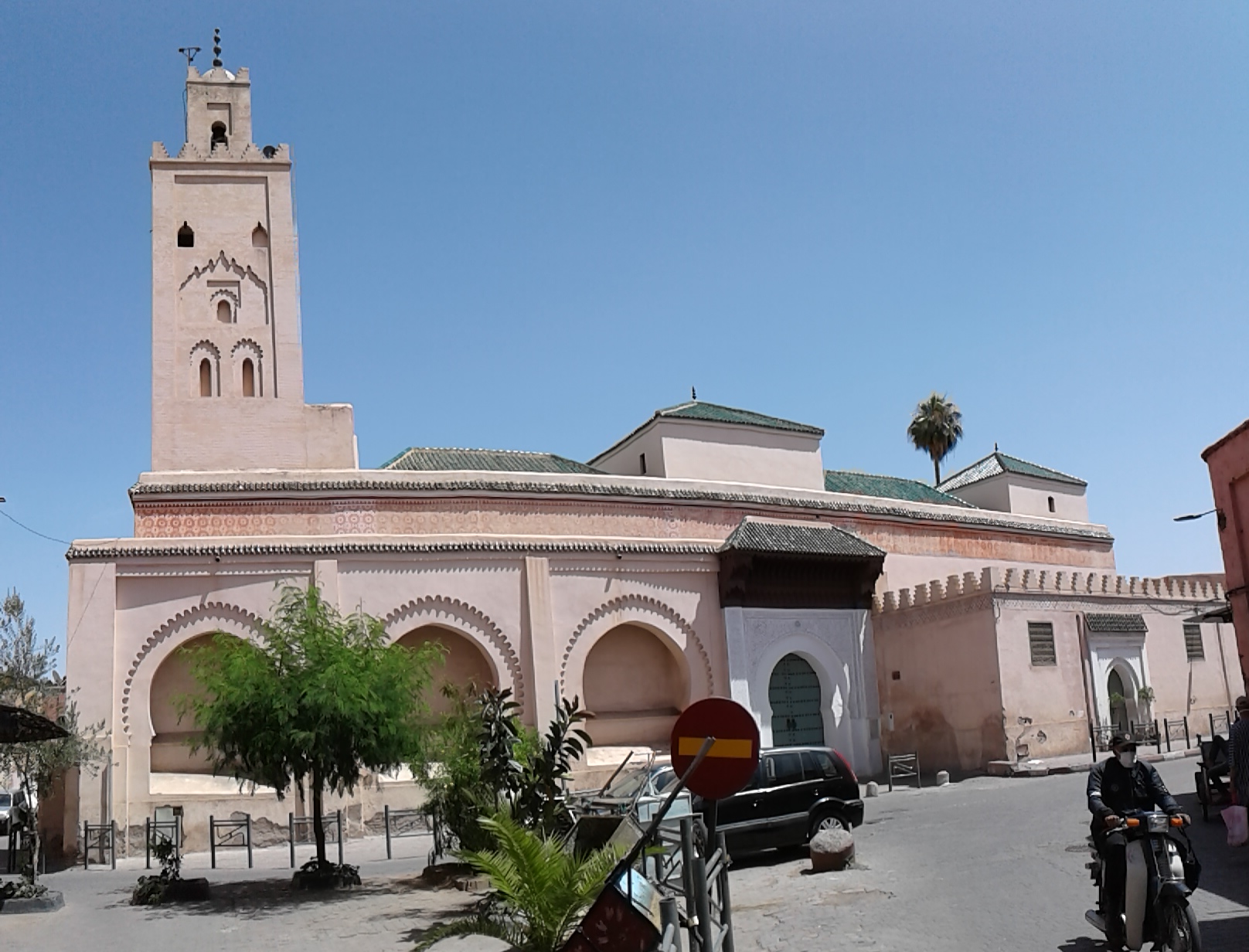
mosquee Saadienne bab doukkala marrakech
4c/ Monumental Architecture of Marrakech
Koranic School Medersa Ben Youssef
As a result of the immigration of Jews driven out of Spain, a Jewish quarter or “Mellah” was created. To respond to the increase in the Jewish population, the Sultan ordered, in 1558, the demarcation of the Mellah next to, and under the protection of, the royal district of the kasbah. In 1565 Al-Ghâlib had a university built : the Medersa Ben Youssef, the largest in the Maghreb. Right next to the oldest mosque in Marrakech, Ben Youssef.
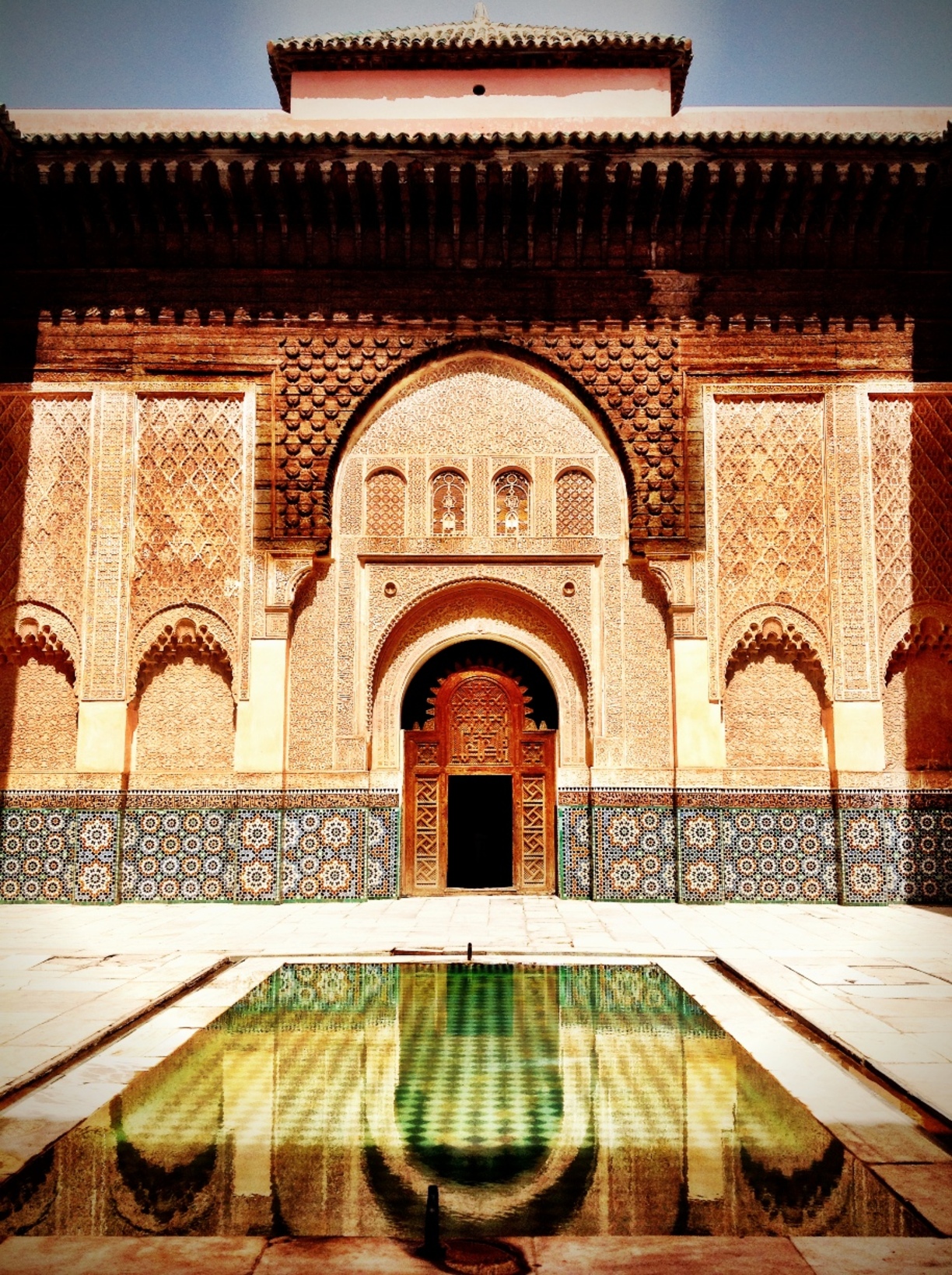
Mederssa-Ben-Youssef marrakech
Discover the Article Medersa Ben Youssef Marrakech | Magnificent Heritage of Islamic Art
Necropolis of the Saadian Tombs
Following a huge explosion in a gunpowder warehouse, the Mansouria Mosque in the Kasbah is damaged. The Sultan will have it repaired around 1570. Sultan Al-Ghâlib had a first mausoleum built on the site of the Necropolis of the Saadian Tombs. He had his father buried there in 1557. He himself was buried there in 1574.
4d/ Ahmed Al Mansour, Sultan of the History of Marrakech
Battle of the 3 Kings
After the death of Mulay Abdullah al-Ghalib Billah, a war of succession ensued. His brother named Abd-al-Malek, as well as Moulay Abdallah’s eldest son Mohammed al-Moutaoukil, and finally the King of Portugal Dom Sébastien clash. They will all 3 find death during the battle, known as the “Battle of the 3 Kings”, August 4, 1578 (Battle of Ksar el Kebir). It is a great Moroccan victory and a heavy defeat of the Portuguese.
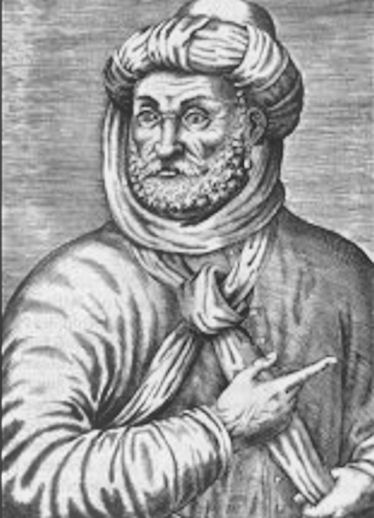
Ahmed_al_Mansur – 5e sultan saadien du maroc -1578 – 1603
Advent of Sultan Ahmed El Mansour
It is Ahmed Al Mansour, al-Ghâlib’s younger brother, who becomes sultan. He returns after 20 years of exile as regent from Algiers, then in the Ottoman Empire, then in Istanbul. He wins the title “Al Mansour”, the victorious one, following the battle of the 3 Kings. The Sultan leaves the Kasbah and built the grandiose El Badi Palace (the incomparable) from 1578 to 1594. The work is financed by taxes and ransoms of Portuguese prisoners. At this time Morocco also controls the trans-Saharan gold trade route. It also exported sugar obtained from sugar cane plantations in the Haouz plain near Marrakech. Marrakech is reborn and many European embassies are received. Sumptuous receptions are given at the El Badi Palace.
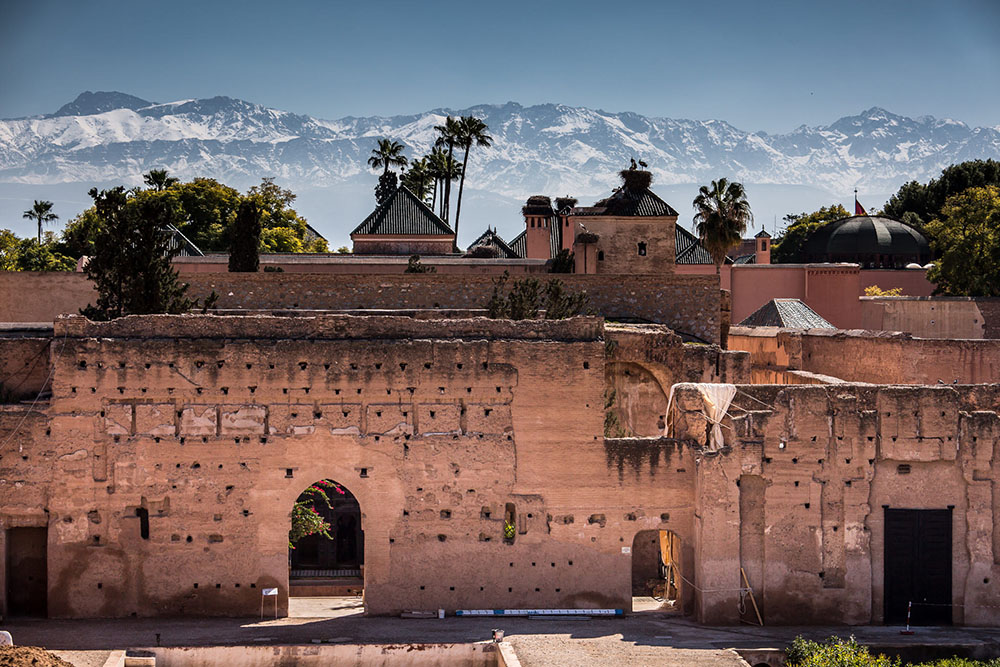
Palais-El-Badi marrakech Sultans saadiens
Discover the Article Palais El Badi Marrakech | Glory of the Saadian Dynasty
4e/ History of Marrakech : Greatness and Decadence of the Saadian Empire
Ahmed Le Doré
Ahmed Al Mansour also launched a military campaign on Mali in 1590, to conquer gold. He was then called Sultan Ahmed Al Mansour Al Dhahabi (the golden one). Ahmed Al Mansour embellished the Saadian tombs in the Kasbah of Marrakech, next to the Moulay El Yazid mosque of the Kasbah.
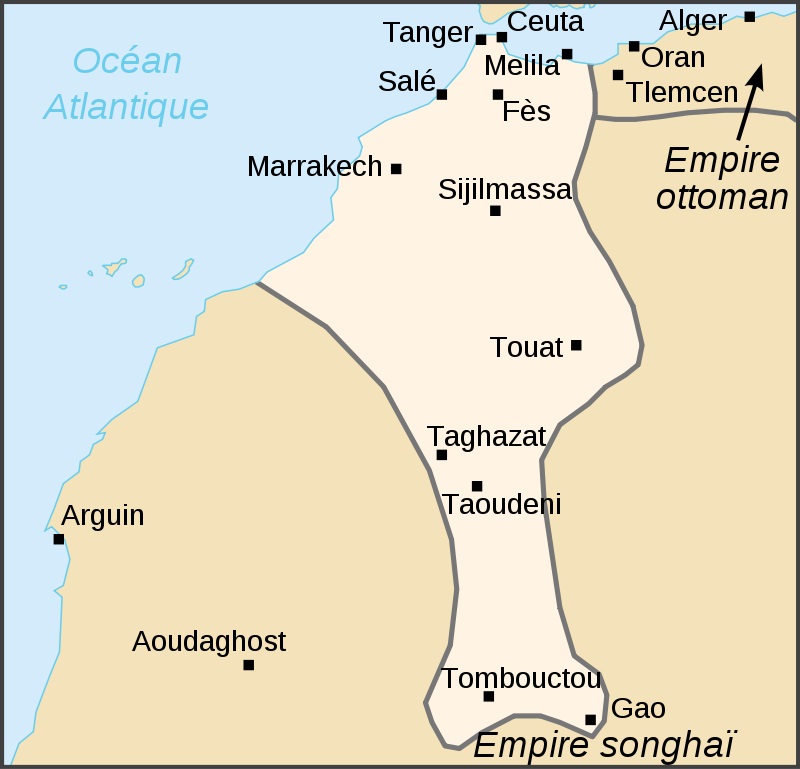
Conquêtes des Saadiens – Empire Saadien Royaume de Marrakech
Discover the Article Saadian tombs | Jewel of the Golden Age of Marrakech
Jemaa El Fna… The Mosque Of Ruins…
The Sultan also undertook the construction of a large mosque, called “Jemaa al Hana” (Mosque of Prosperity). A project is located on the square that will eventually be named “Jemaa El Fna” (the Mosque of Ruins). Indeed, his son Zidane will not be able to find the necessary finances to carry out this project.
Ahmed Al Mansour died in 1603 of the plague, which affected Morocco between 1598 and 1607. He is buried in the necropolis of the Saadian Tombs. He lies between his son Zidane and his grandson, in a tomb made of carrara marble. The succession of the Sultan generated many rivalries which weakened the Saadian power and led to the division of the country into independent states.
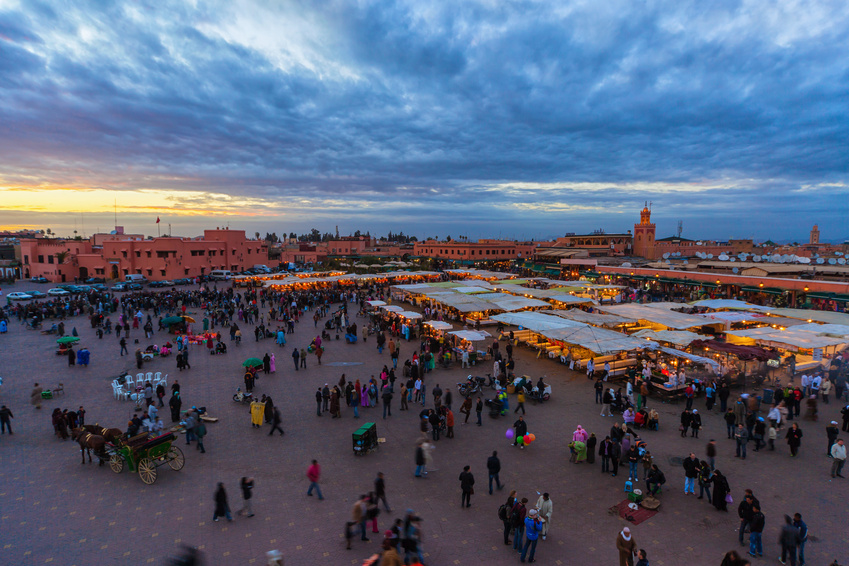
Place Jemaa El Fna Marrakech le soir
Discover the Article Jemaa El Fna Square Marrakech | History & Culture, Snakes & Storytellers
5/ History of Marrakech: The Advent of the Alaouite Dynasty
5a/ Rebellions of Marrakech
Moulay Rachid stamps out the Marrakech Rebellion
After the Saadians came the Alaouite Cherifian dynasty. It originates from Tafilalet near the Sahara in south-eastern Morocco. It reigns over the south in 1631. Moulay Rachid became Sultan of Morocco at the time of the capture of Fez in 1667. He stared at the rebels of Marrakech in 1669. But following a horse accident in Marrakech, he died in 1672.
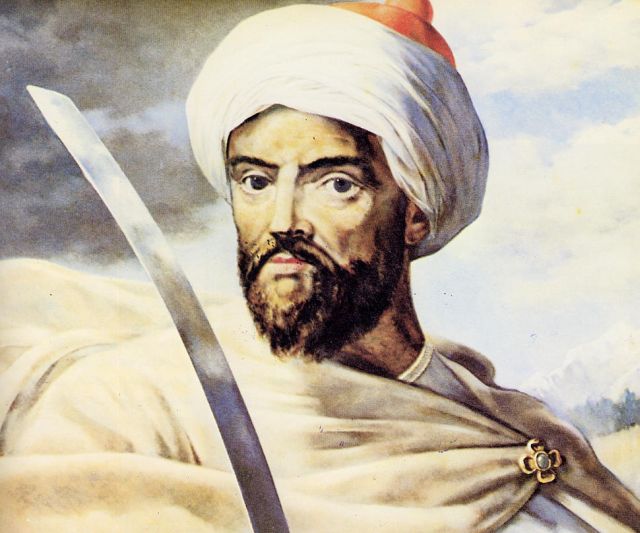
Sultan Alaouite Moulay-Ismail – histoire de Marrakech
Moulay Ismail, the Cruel Sultan
His brother Moulay Ismail seized Fez and proclaimed himself Sultan of Morocco. He definitively established his capital in Meknes. Still in 1672, his nephew Moulay Ahmed ben Merez tried to be proclaimed Sultan of Marrakech. But Moulay Ismail prevents him from doing so and reclaims the city. Again in 1673, Ahmed ben Mehrez (also ibn Muhriz) reappropriated Marrakech. The city is besieged by Moulay Ismail, victorious in 1674. In 1675, for the third and last time, Ahmed ben Mehrez secretly entered Marrakech. He drives out the army of the sultan. Again, Moulay Ismail laid siege to Marrakech in 1676. He recovers it, at the cosy of heavy human losses for both sides.
Dismantling of the El Badi Palace
In retaliation, Moulay Ismail ransacks Marrakech. The Kasbah is in ruins. Most of the Saadian palaces are disassembled. They are used to build the palaces of Meknes in 1695. The El Badi Palace is almost completely dismembered. Moulay Ismail disappears in 1727. There followed a period of instability with many successions of Sultans.
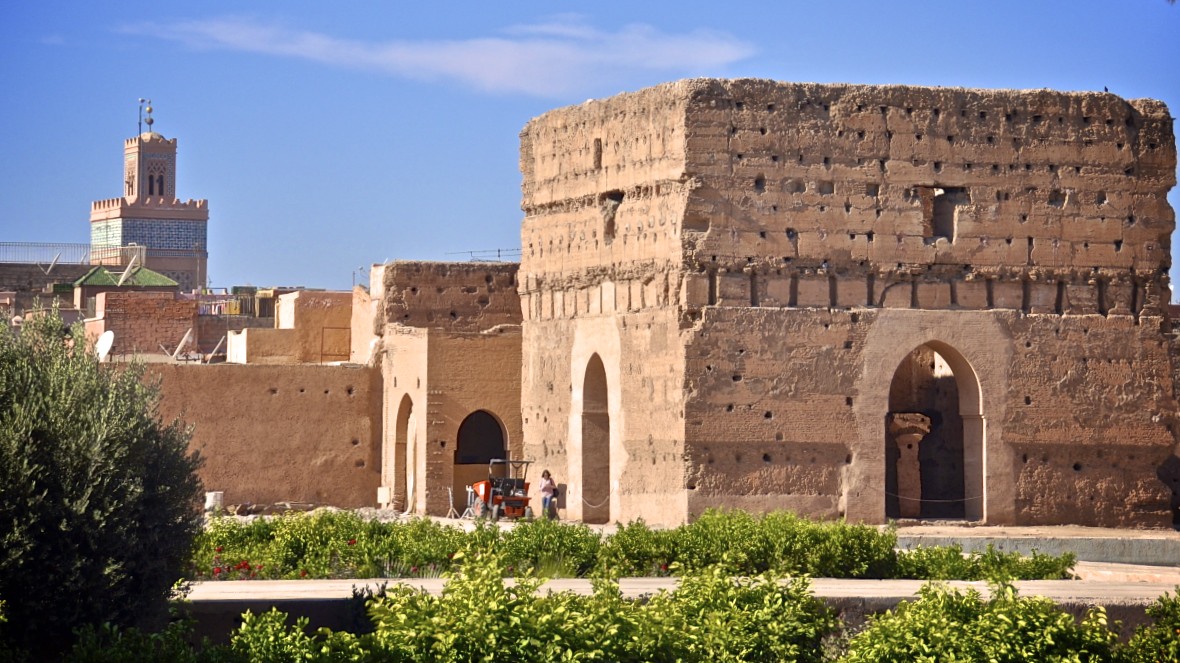
palais el badi marrakech – pavillon des audiences
5b/ Mohammed III ben Abdallah, the Rebuilder of Marrakech
In 1748, Mohammed III ben Abdallah was appointed Caliph of Marrakech. Mohammed III succeeded his father in 1757. He was the first to recognize the United States of America by signing a treaty of friendship in Marrakech in 1787. He lives mainly in Marrakech because of its proximity to Essaouira. Indeed it restores Essaouira, in particular its port. We owe him important urban planning and restoration projects. He restores the Kasbah of Marrakech in ruins.
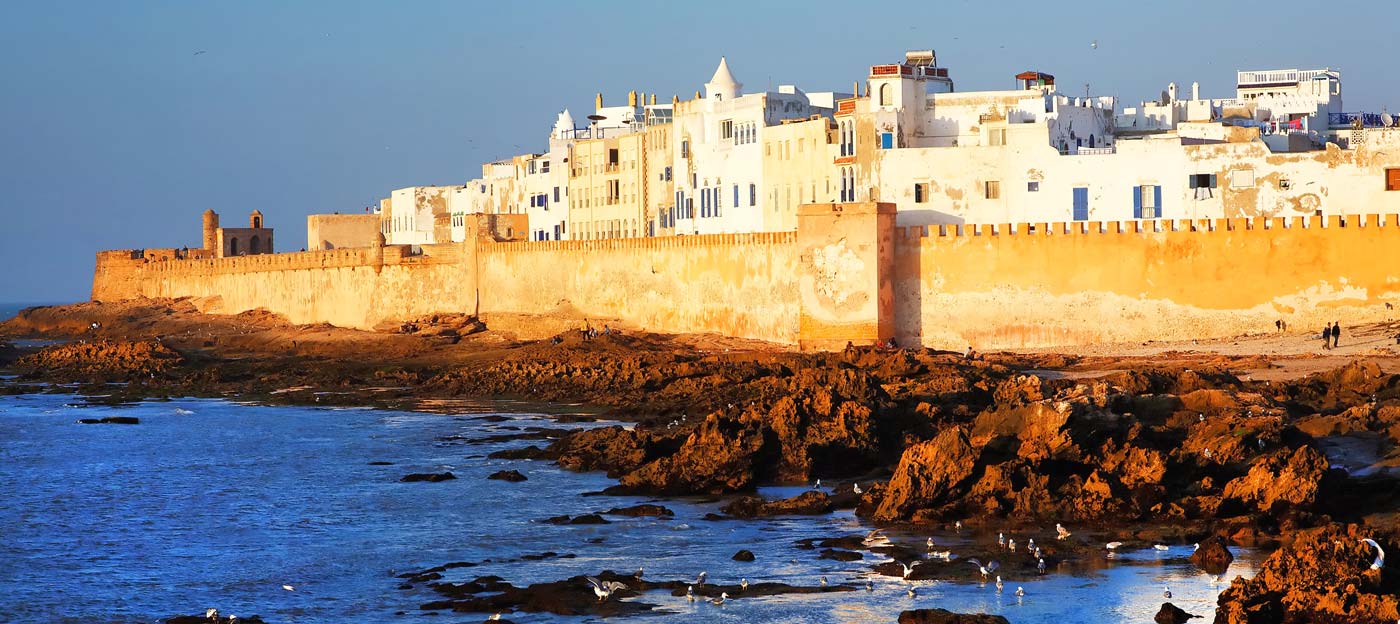
Essaouira remparts et la Sqala de la Kasbah
Discover the Article Marrakech in Essaouira | From the Red City to the Blue City
In Marrakech, he also built the Royal Palace : Dar el Makhzen, called qsar al akhdar or “green palace” because of its gardens (arsat al Mil). And Dar El Baida, the white palace. They are built on the ruins of the Saadian palaces. Sultan Moulay Slimane had the Ben Youssef Almoravide Mosque of Marrakech rebuilt, without preserving its remains. A plague epidemic struck Marrakech in 1799.
5c/ History of Marrakech : At the dawn of the 20th century
The pressure of European countries on Morocco is growing stronger and stronger, due to colonialist appetites. After the sudden death of Hassan I, his son, Abd El Aziz, only 14 years old, was proclaimed sultan en 1894.
Ba Ahmed, Vizier of Morocco in Marrakech
It is the Vizier (Prime Minister) Ba Ahmed who assumes the regency. Under pressure from the notables of Fez who reject the enthronement, the Court settles in Marrakech. Ba Ahmed enlarged the Bahia Palace, built in 1866 by his father Si Moussa, Chamberlain of Hassan 1st.
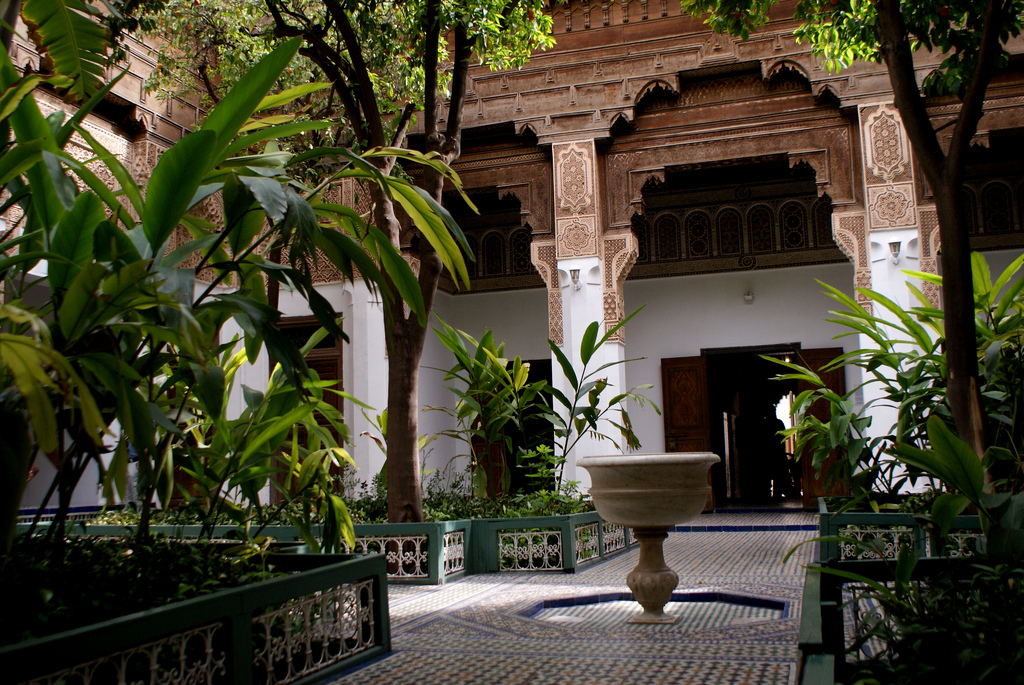
palais de la bahia riad Marrakech
Discover the Article Bahia Palace Marrakech | Masterpiece of the 19th century
His Brother, Minister of War, built the Dar Si Said Palace. At the age of 20, on the death of the vizier Ba Ahmed, Abd El Aziz became Sultan by right. His lack of education as a Sultan and his taste for luxury led to the bankruptcy of the country.
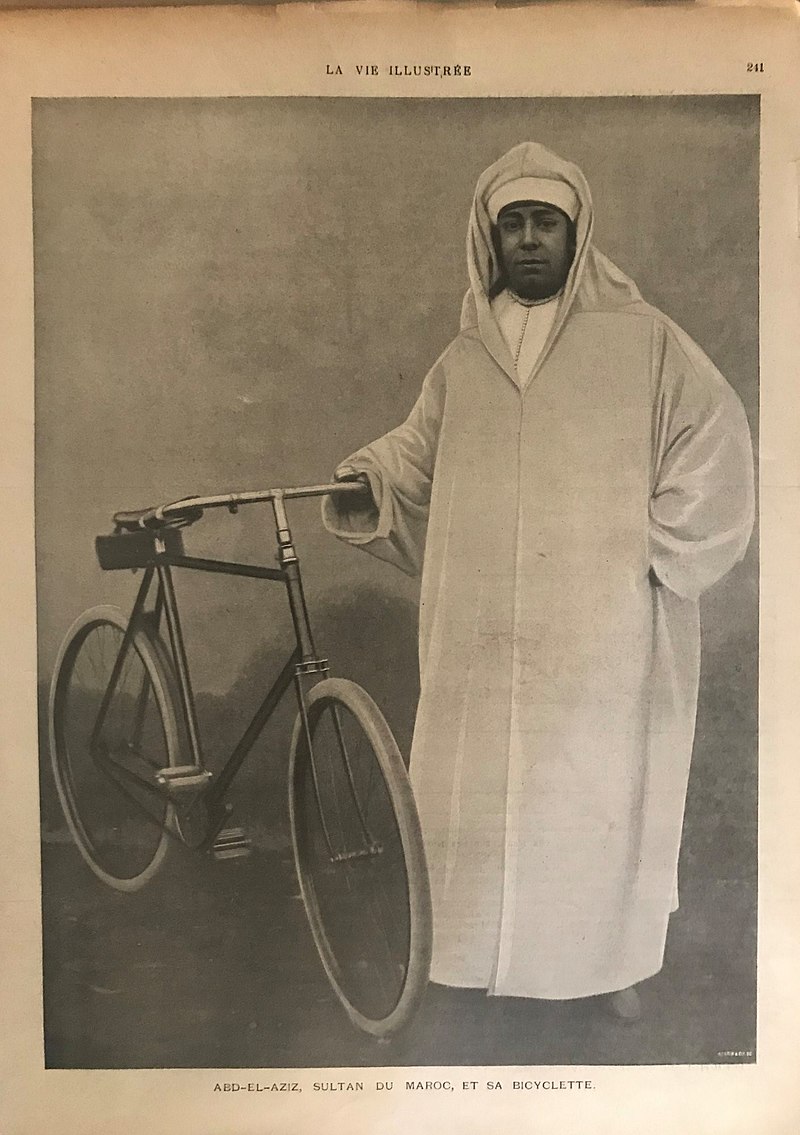
La Vie illustrée Abd el Aziz, Sultan du Maroc, et sa bicyclette
History of Marrakech : The Assassination of Doctor Mauchamp
The Sultan was then pushed to sign the Treaty of Algesiras in 1906. In Marrakech, Doctor Emile Mauchamp was assassinated in 1907. He is suspected of espionage. In retaliation, France, endowed with police powers, occupied Oujda in 1907 and Casablanca in 1908.
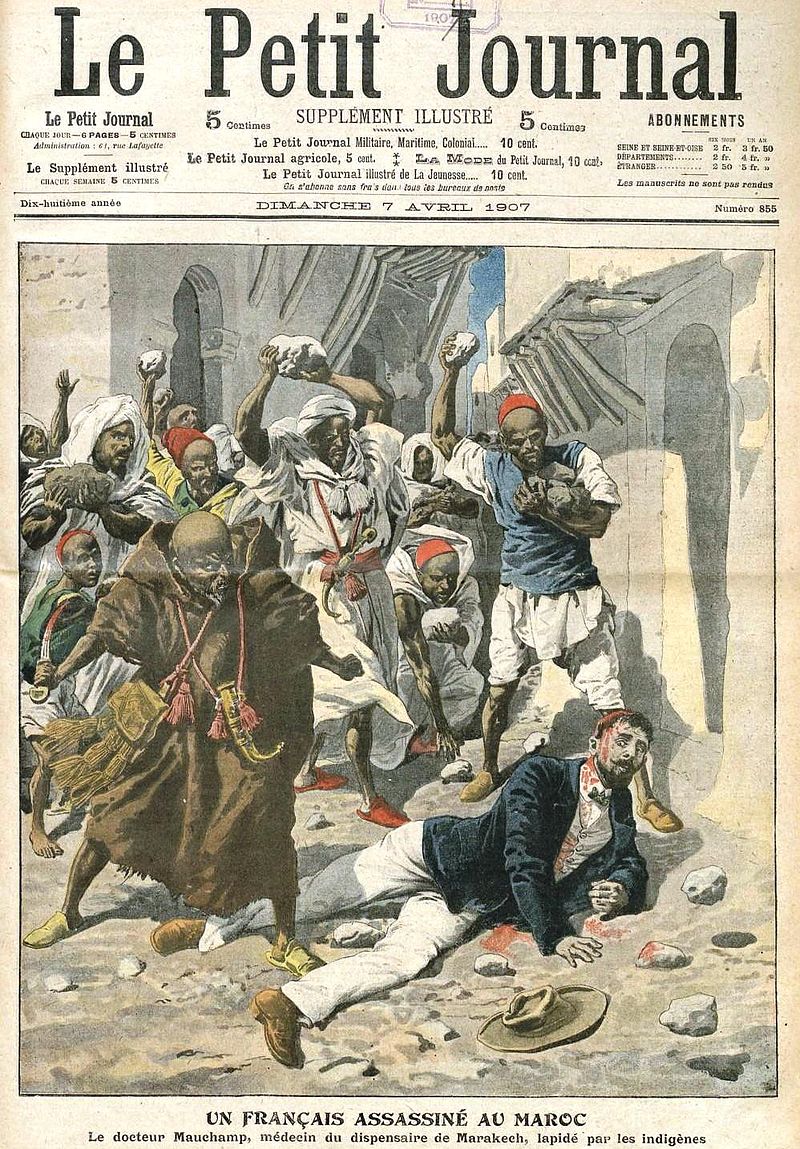
Assassinat Dr Mauchamp Marrakech (1907,Petit_Journal)
5d/ Battle of Sidi Bou Othmane: Marrakech Resistance
Ahmed Al Hiba, the “Blue Sultan”, leads with 10,000 warriors a strong resistance against the French invader in southern Morocco. The Alaouite Sultan Abd al Hafid abdicated under pressure from France. Al Hiba immediately proclaimed himself Sultan of Marrakech in August 1912. He enters the city. On 06 September 1912, the two sides clash at the battle of Sidi Bou Othmane, near Marrakech. Helped by the tribes led by the Glaoui family, the French army emerges victorious. It is equipped with artillery pieces and invades Marrakech. General Lyautey is resident general of the French protectorate in Rabat. He makes a triumphant entry into Marrakech.
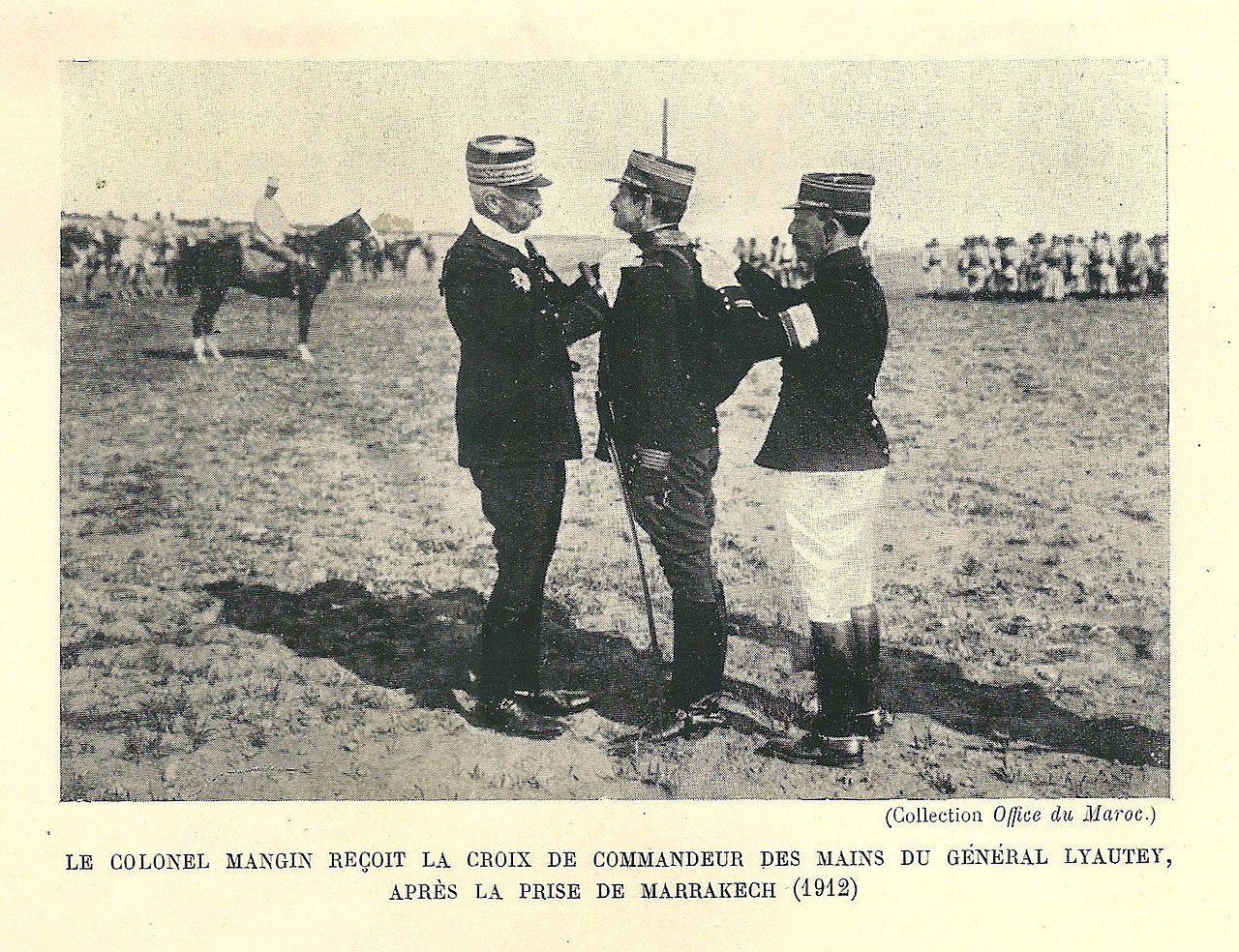
Mangin décoré croix de commandeur par Lyautey en 1912 a marrakech
Lyautey appoints Thami El Glaoui Pasha of Marrakech, a title he will keep throughout the French protectorate. Thami El Glaoui “lord of the Atlas” leads a sumptuous life. He offers luxurious receptions in the Glaoui Palace of Dar El Bacha.
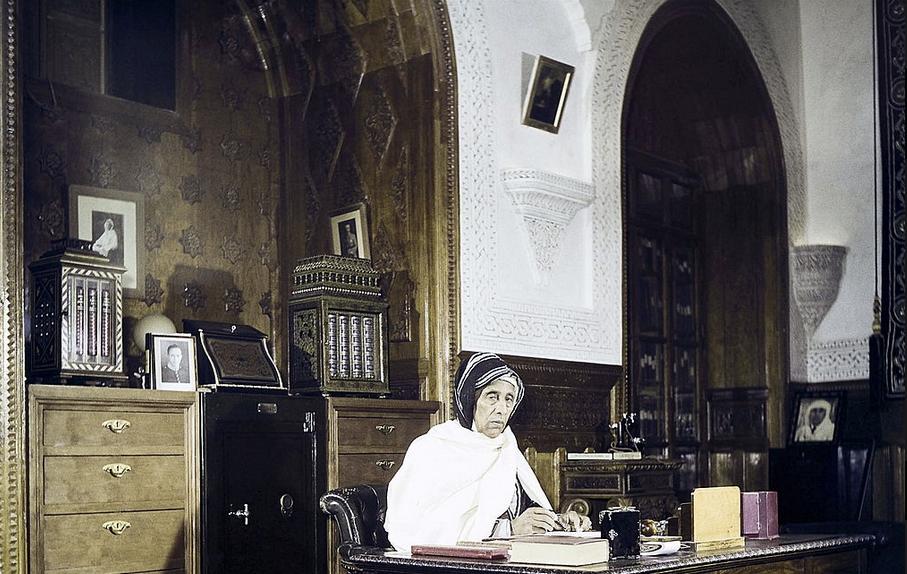
Dar el Bacha Musee des Confluences Palais Pacha Glaoui Marrakech | glaoui – bureau marrakech dar el bacha
Discover the Article Dar El Bacha, Museum of Confluences in Marrakech | New Palace to Discover
5e/ Guéliz and the Mamounia : a History of French Marrakech
Lyautey wants to modernize Morocco. He invites the town planner Henri Prost in 1914. In Marrakech, a French quarter is created outside the Medina. Called Gueliz, it stretches along the Avenue Mohamed V. In 1917, Jacques Majorelle, then aged 31, travelled to Morocco. He settled in Marrakech some time later.
From 1928, the Hivernage district is built along the Avenue de la Menara. Prost built the grand hotel of La Mamounia in 1929. Mixing oriental art deco style, the hotel attracts wealthy customers during the winter. The feeling of independence is growing.
Thami El Glaoui died in 1956, a few months after Mohamed V joined Morocco. The Sultan, who had become King, brought about the regained autonomy of the country from which he had been exiled since 1953. On March 2, 1956, Morocco’s independence was signed.
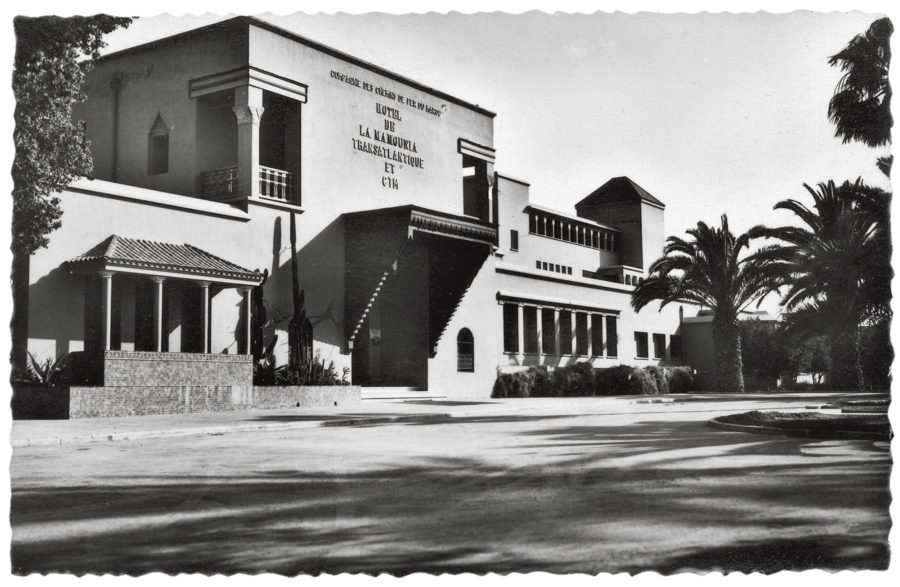
La Mamounia Marrakech ancienne photo
Discover the article Weather Temperatures Climate Marrakech by month & Precipitation
6/ History of Marrakech : Contemporary period (after independence)
6a/ The Jardin Majorelle at the time of Yves Saint Laurent
Marrakech is a destination for Jet Setter and Hippies. One day in February 1966, Yves Saint Laurent disembarked at La Mamounia. In the rain, he doesn’t like the city. Then with the return of the sun, it is an aesthetic shock. He found the light of Oran in Algeria, where he lived until he was 17. He buys successively 2 properties with Pierre Bergé. Then in 1980 the Jardin Majorelle, threatened by a real estate project.
From these years, Marrakesh turned towards mass tourism. The city becomes an international tourist destination. Numerous hotels and luxury hotels open their doors in the different districts of the city : Hivernage, Palmeraie, Route de l’Ourika… The Riads, Garden Houses with Patio, traditional constructions of the Medina, attract tourists. They are renovated, often to turn them into tourist projects.
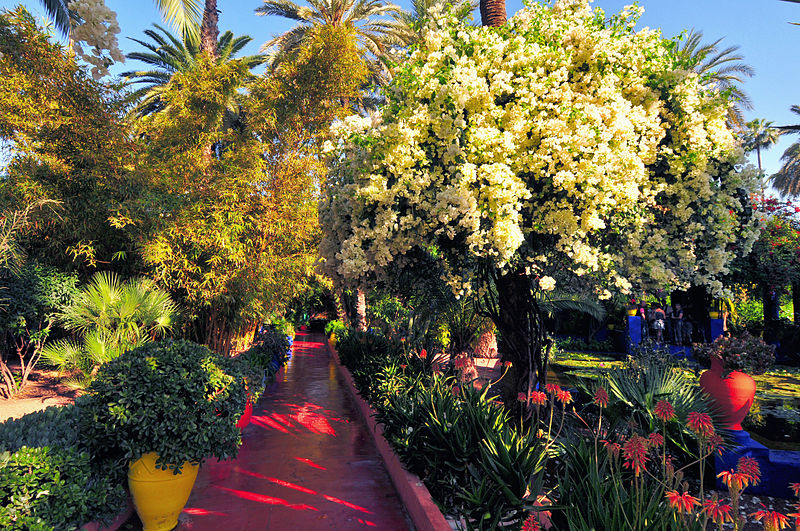
Jardin majorelle a marrakech bougainvillers nenuphar
Discover the Article Jardin Majorelle in Marrakech | a Moroccan Love Story
6b/ History of Marrakech in the era of Mass Tourism
COP22, Terminal 3
Morocco signed an Open Sky agreement with the European Union in 2006. The aim is to liberalise the airspace and simplify access for foreign airlines. A new airport terminal is inaugurated in 2016 at Marrakech Menara airport. It brings the tourist potential to 9 million arrivals per year.
A cosmopolitan city of one million inhabitants, Marrakech will again host COP 22 in 2016. This is the climate conference, under the aegis of the United Nations. More than a hundred countries are present. This event will have a worldwide impact for the pearl of southern Morocco. In 2018, Pierre Bergé is having a museum built in memory of Yves Saint Laurent.
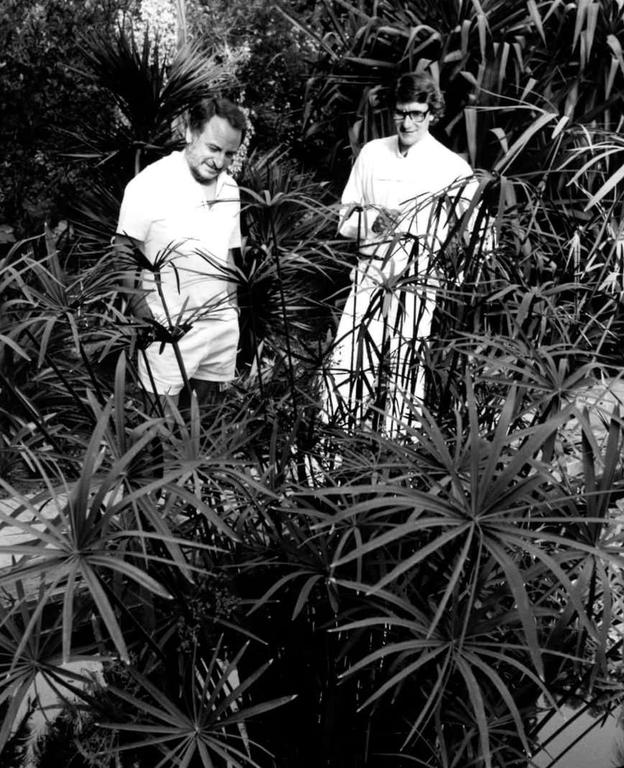
Pierre-Berge-Yves-Saint-Laurent jardin majorelle marrakech
Discover the Article Yves Saint Laurent Marrakech Museum YSL myslm | An Haute Couture Museum
Marrakech, Hot Spot
Numerous artistic, sporting or professional events take place every year in the Red City : Gazelle Rally, International Judo and Tennis Competitions, Film Festival, Marrakech Marathon… Given its high hotel capacity and its exceptional sunshine, the period from September to May is the high tourist season.
With about 10,000 tourist arrivals per day and 50 air rotations. Since 2010, golf courses have been created as well as important real estate projects in the surroundings of the city. These constructions do not cease to extend the urbanization.
Marrakush “Land of God” … 1000 years already
At the foot of the Atlas Mountains, surrounded by fields of olive trees rooted in its red soil, Marrakech la Rouge never ceases to fascinate. It retains the imprint of its rich past of caravan routes and nomadic camps that saw its birth. Heritage that it protects better and better. The last stop before the Atlas Mountains and the Sahara Desert, Marrakush, “Land of God”, keeps in its heart the DNA of the artificial oasis created nearly 1000 years ago, en 1070.
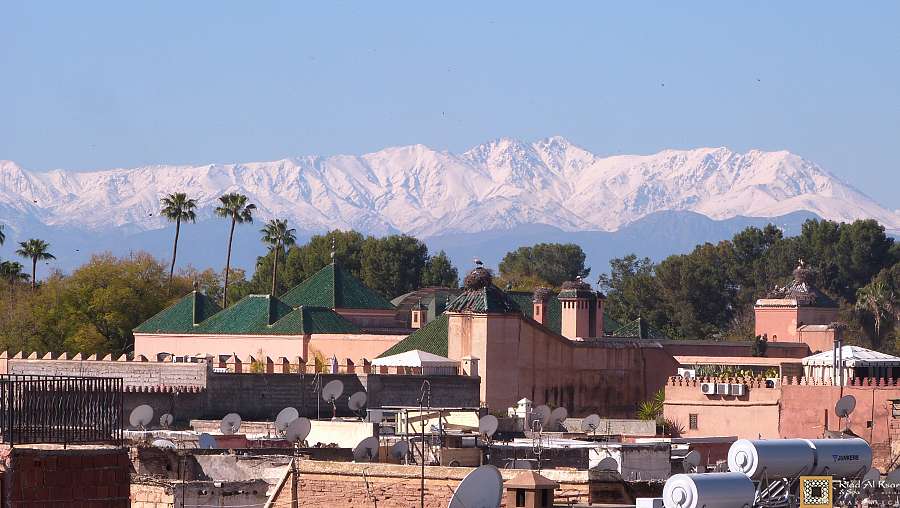
Marrakech_Riad_Al_Ksar_with_royal_palace_and_atlas_mountains_view_from_hotel_terrace
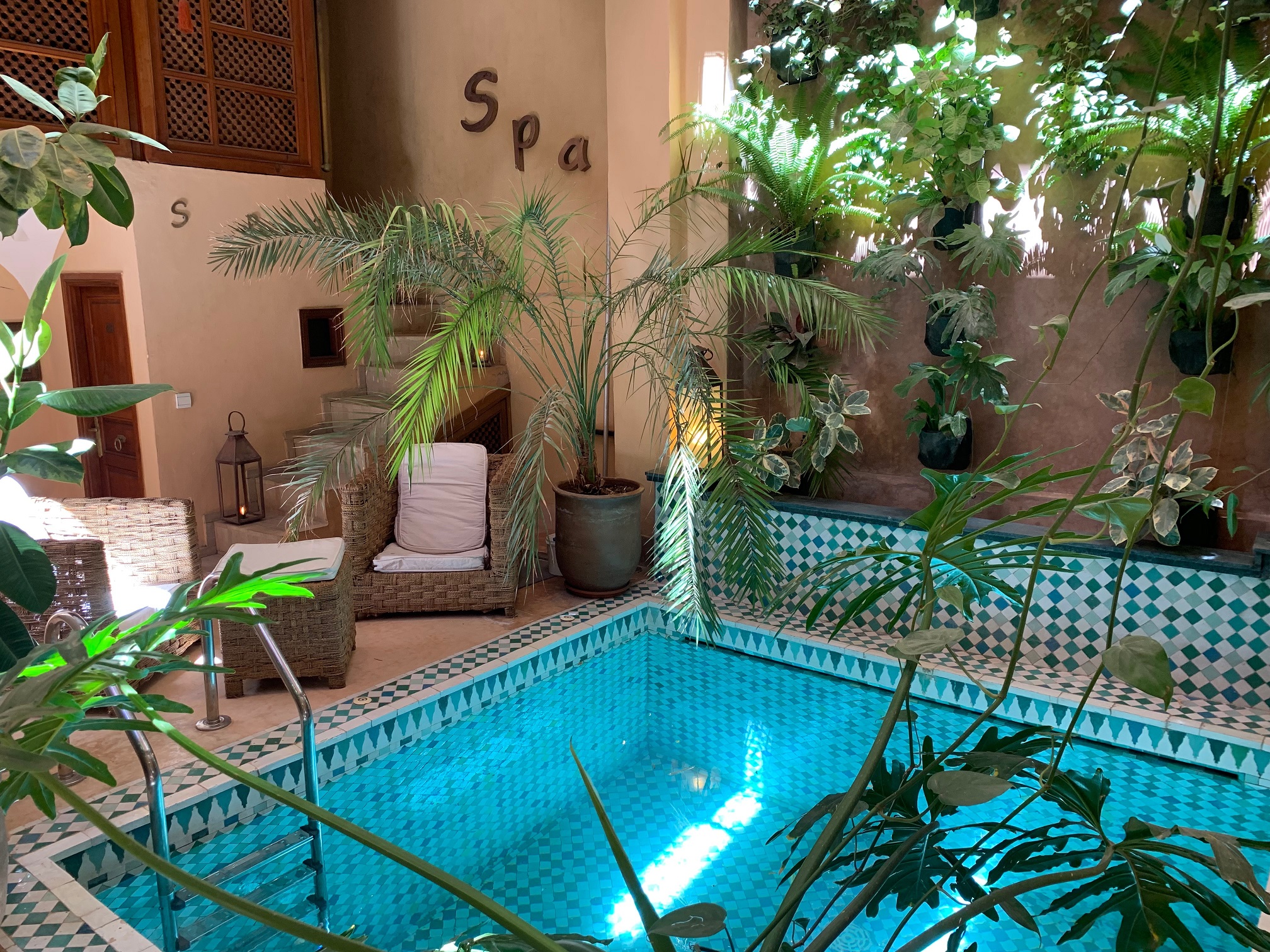
Spa & Riad Marrakech Al Ksar
Visit the Private Spa of Riad Al Ksar – Marrakech Médina: Duo Couple Hammam & Massage
Practical Information :
Monuments accessible without entrance, Free of charge : Bab Agnaou, Jemaa El Fna, Several Gardens (Cyber Park, Ba Ahmad, harti…), Mellah Jewish Quarter, The Souks.
The other monuments mentioned in this article apply fees & admission conditions.
The following Articles may be of interest to you:
Bahia Palace Marrakech | 19th Century Masterpiece
What to see in Marrakech? From 3 to 4 Days to 1 Week
Maps of Marrakech | To Print & Download
dnj ©alksar 2020 – https://www.alksar.com

